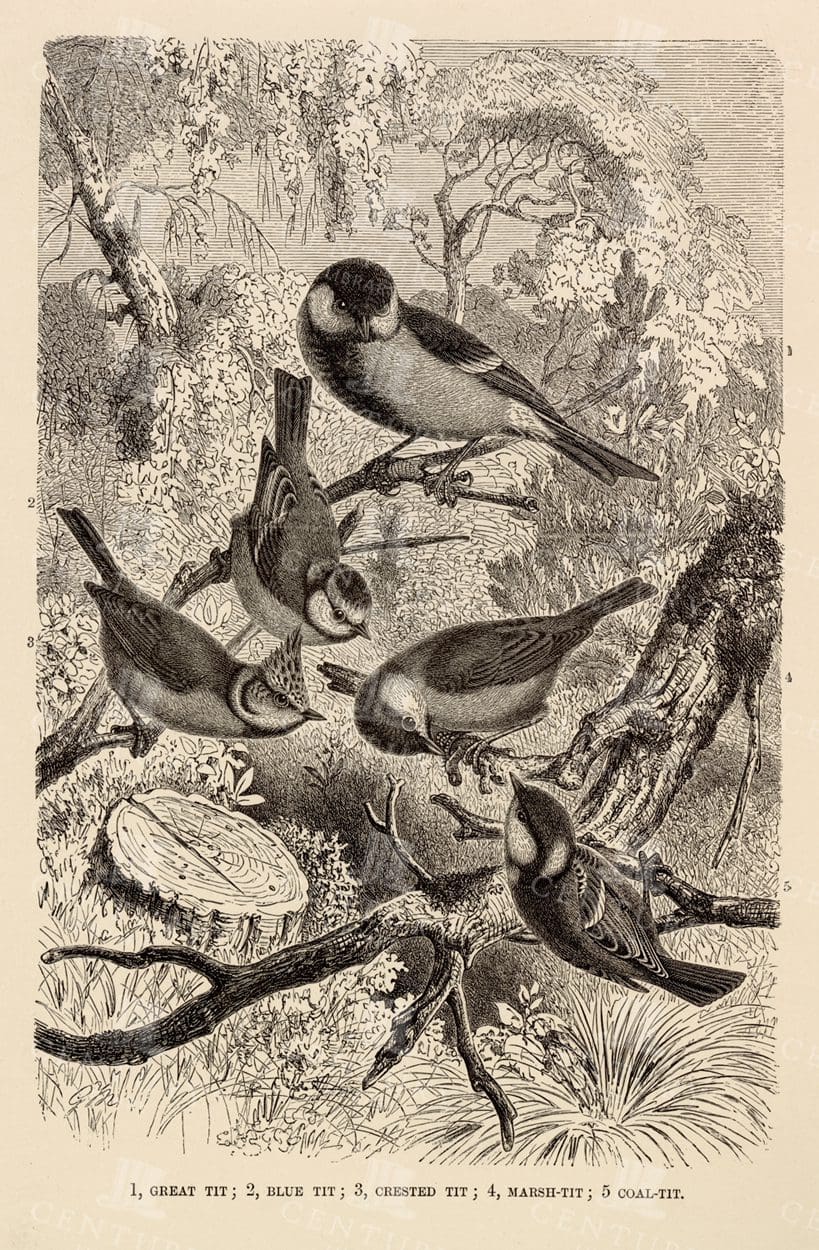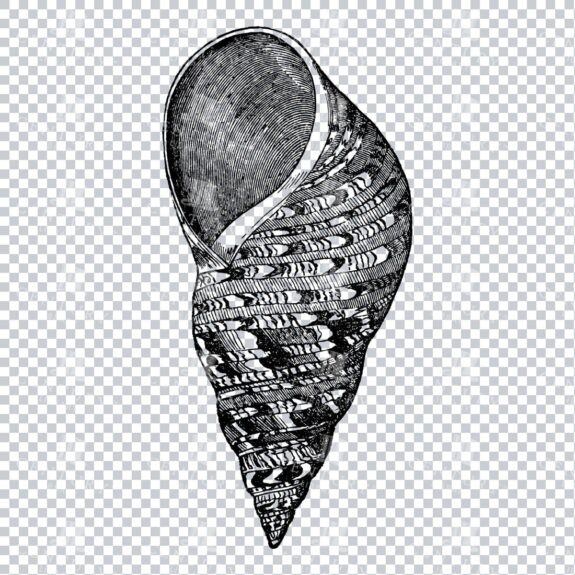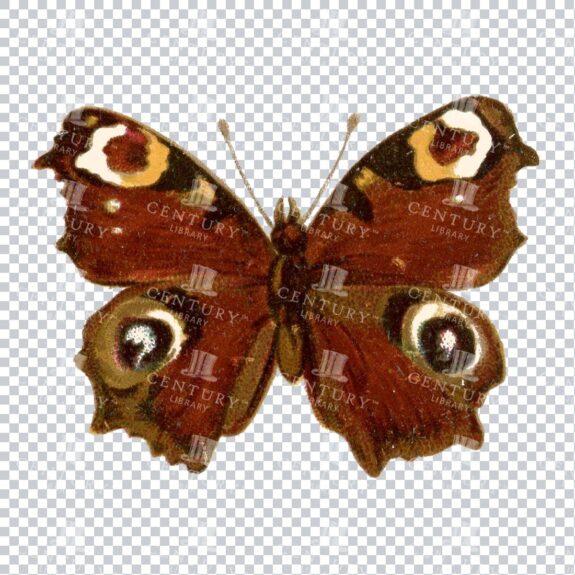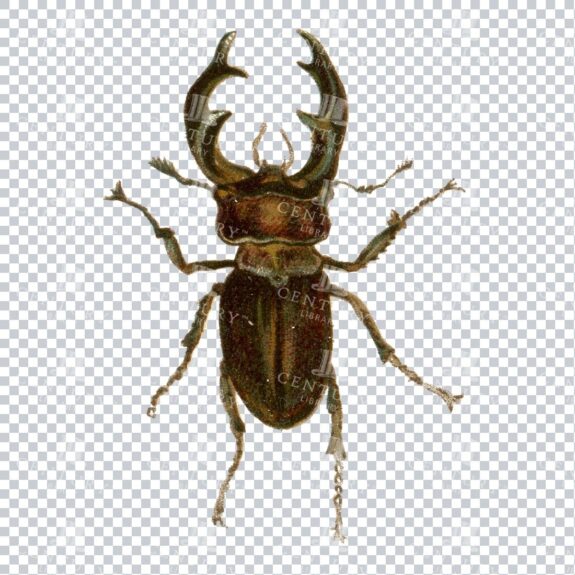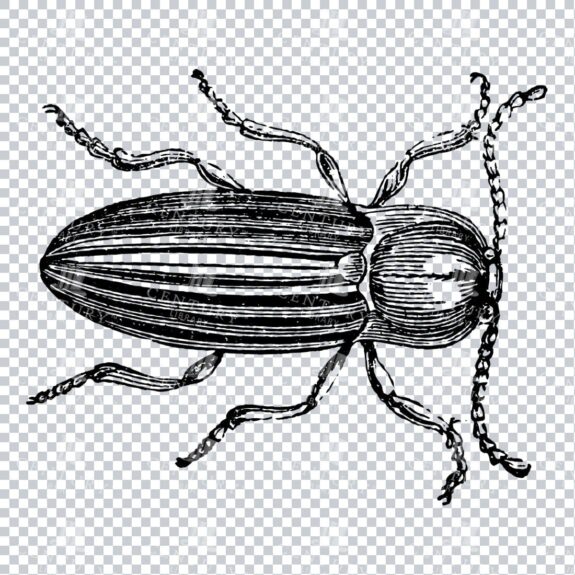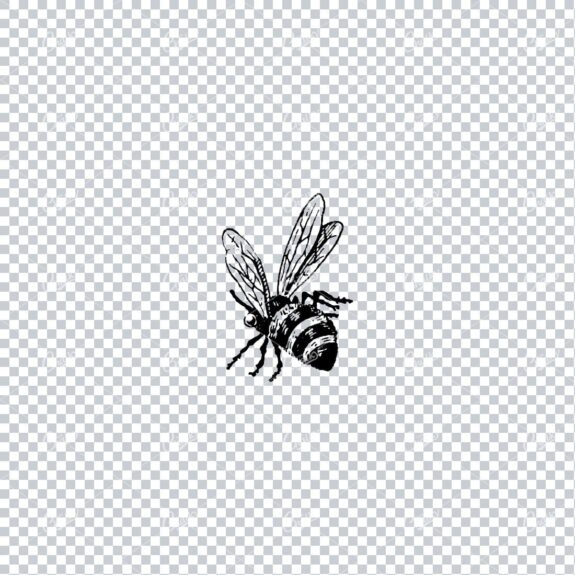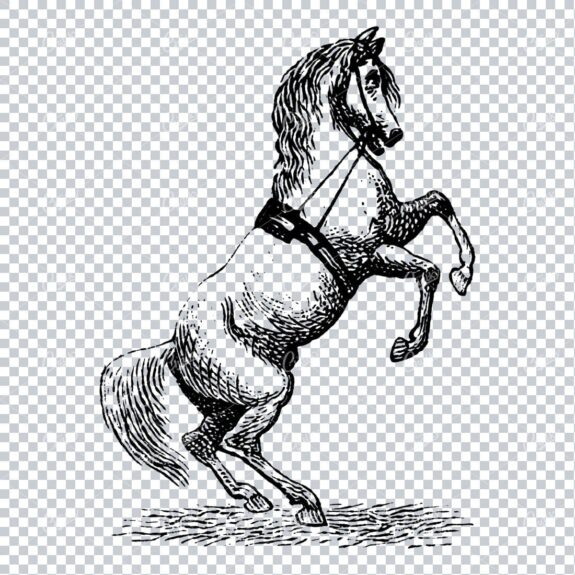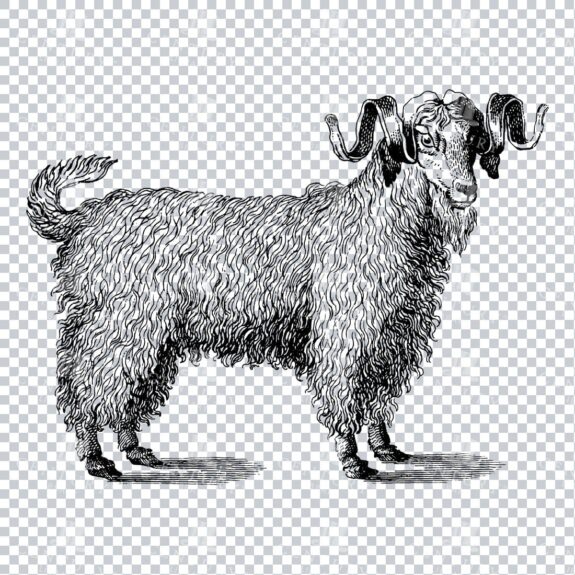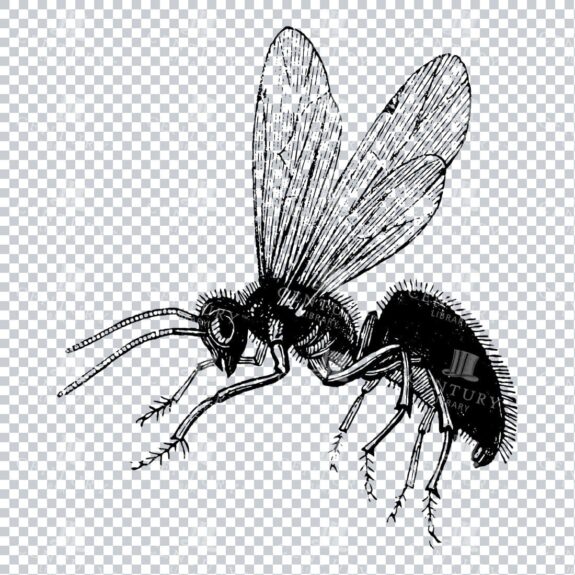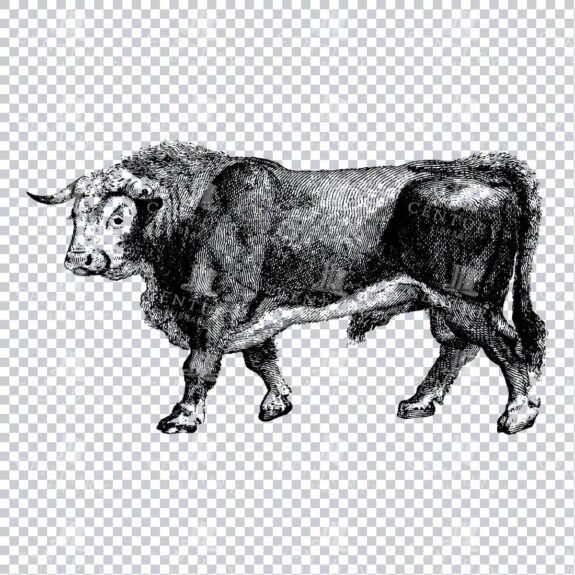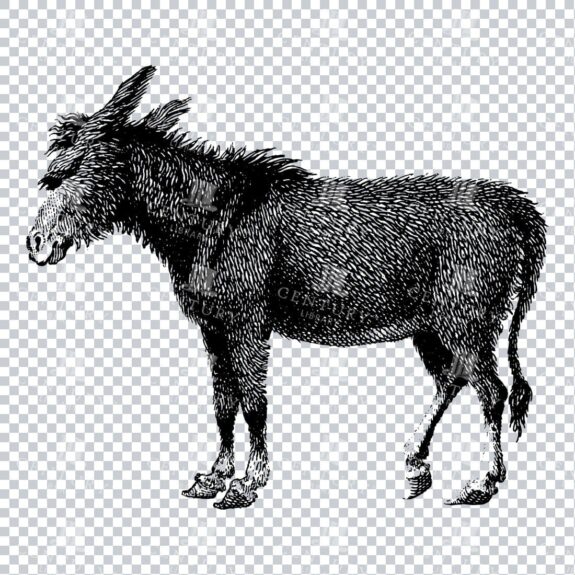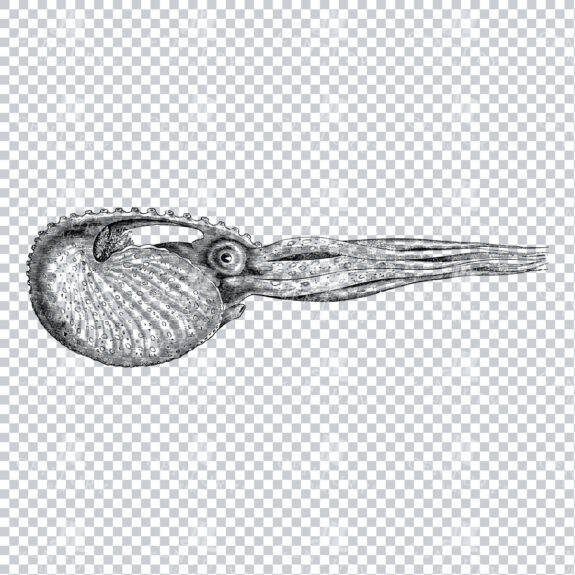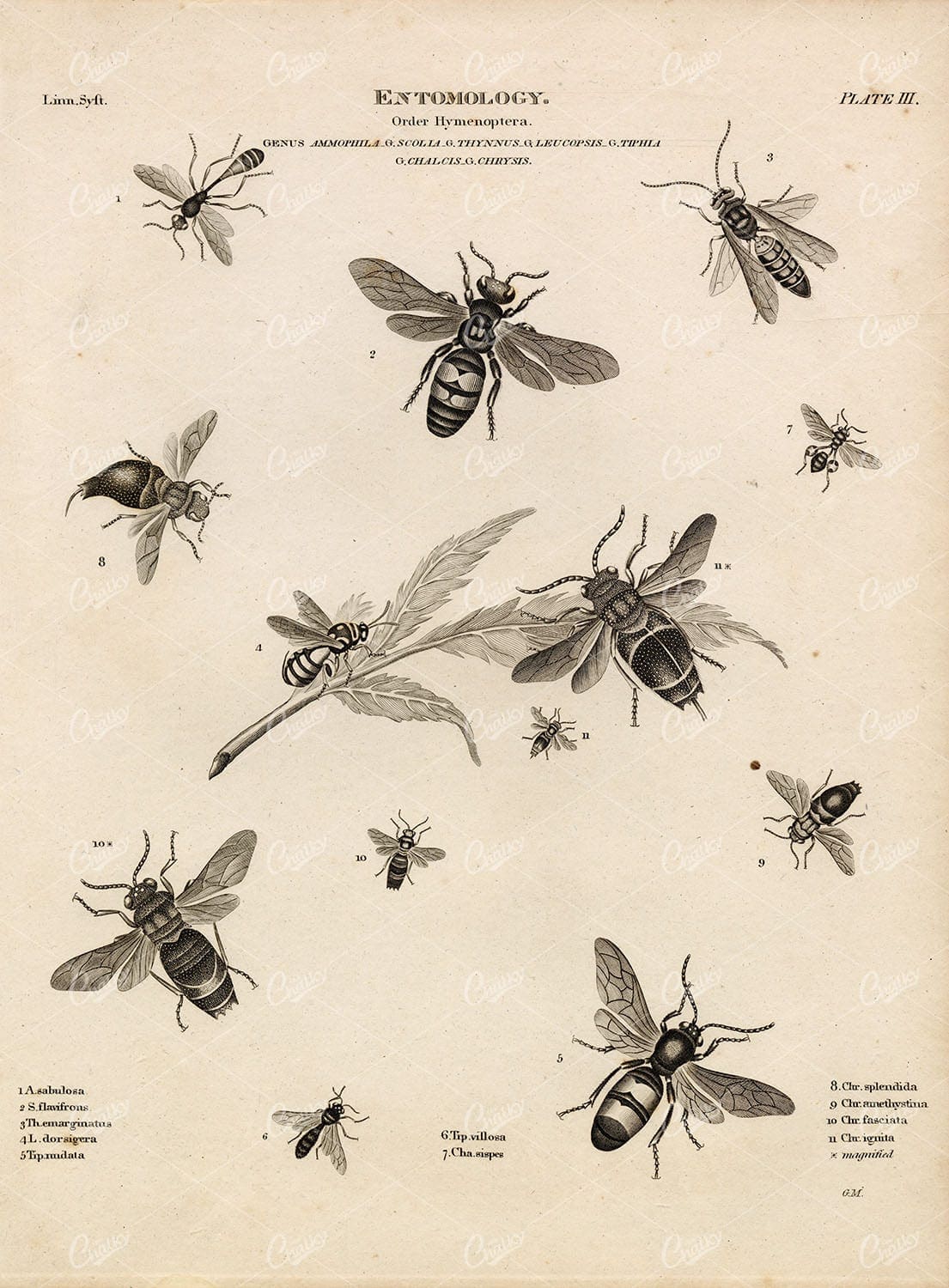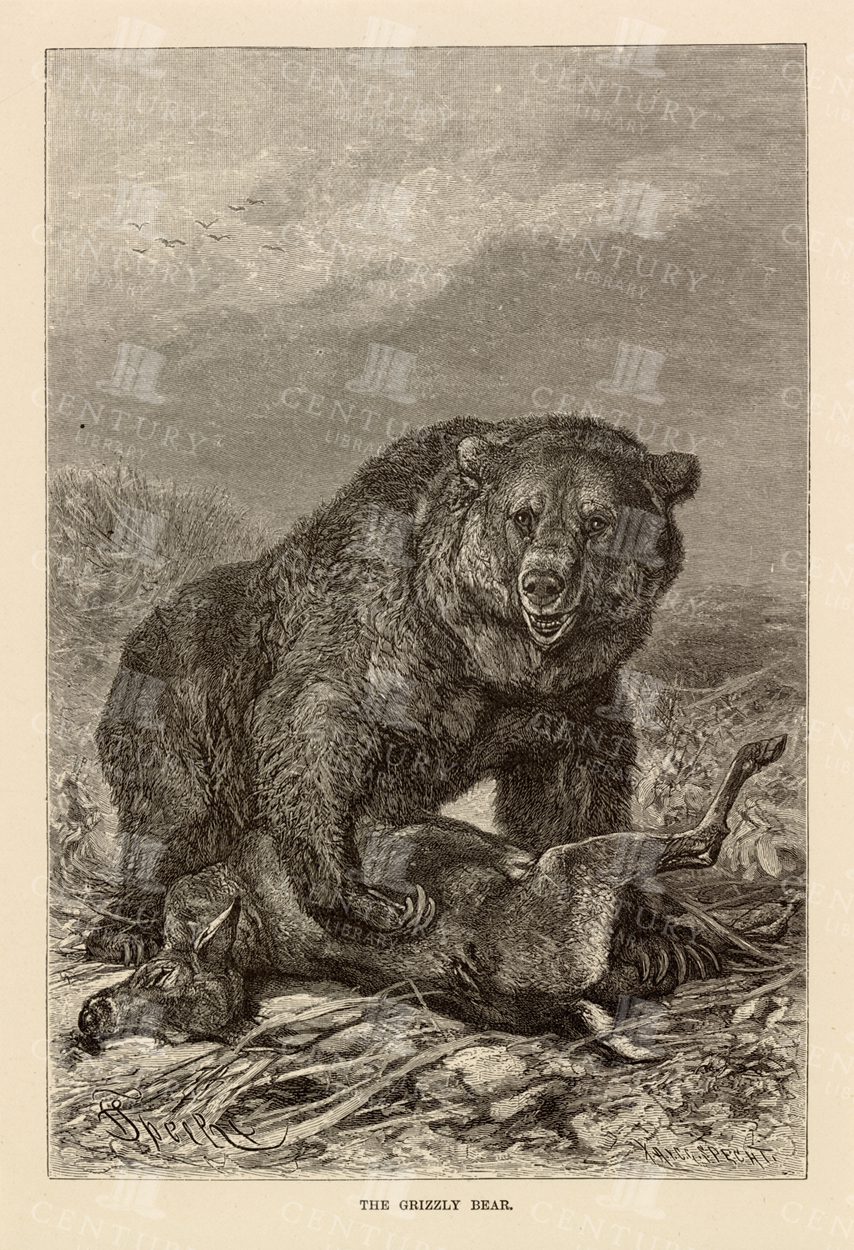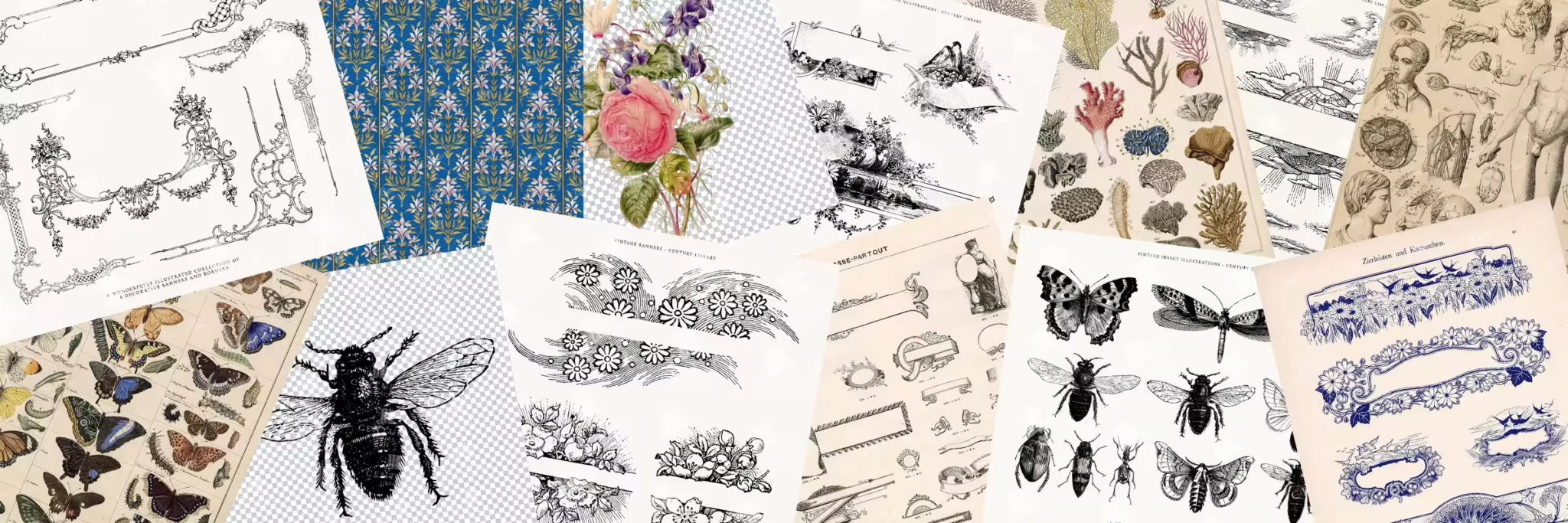
Vintage Stock Images
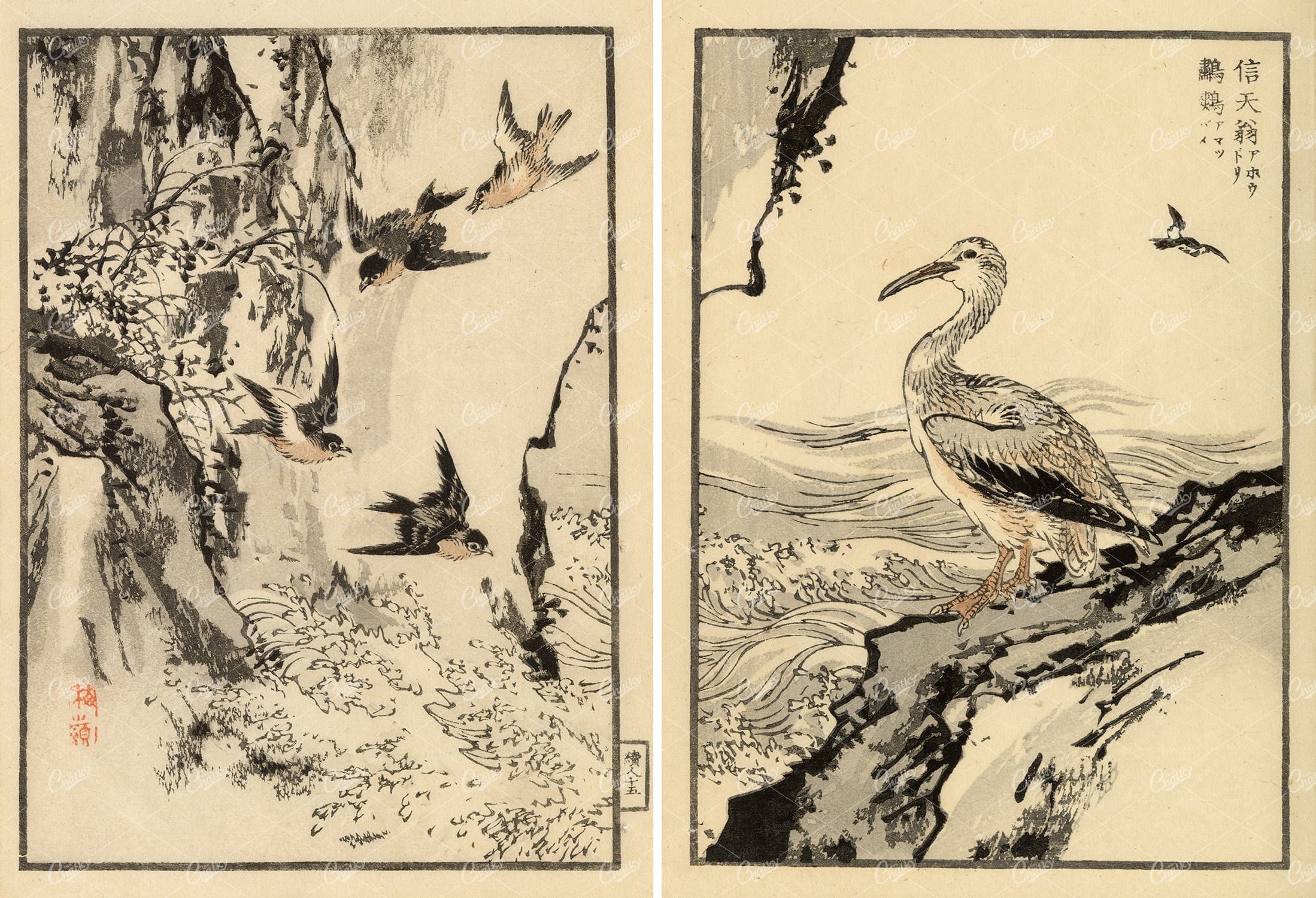

ORIGINAL Kono Bairei Wood Block Japanese Prints 1881 Birds Above Waves
You’re looking at a beautiful piece of Japanese woodblock art from our collection of original 1881 prints by noted artist, Kono Bairei; Created for one of his best-known publications ‘one hundred birds’. Most of the bird species throughout this collection were native to Japan, with a few domesticated and some imported cage birds. Bairei was born and lived in Kyoto. He was apprenticed to the Maruyama printer Nakajima Raiso at the age of eight. He was a pupil of Shijo artist Shiokawa Bunrin and followed the Nanga school tradition. He established the Kyoto Prefectural School of Painting before opening his own studio to students and retiring from teaching.
- License Info
- Resolution: 11582 x 7905
- Year of Print: 1881
- Artist: Kono Bairei
From this collection
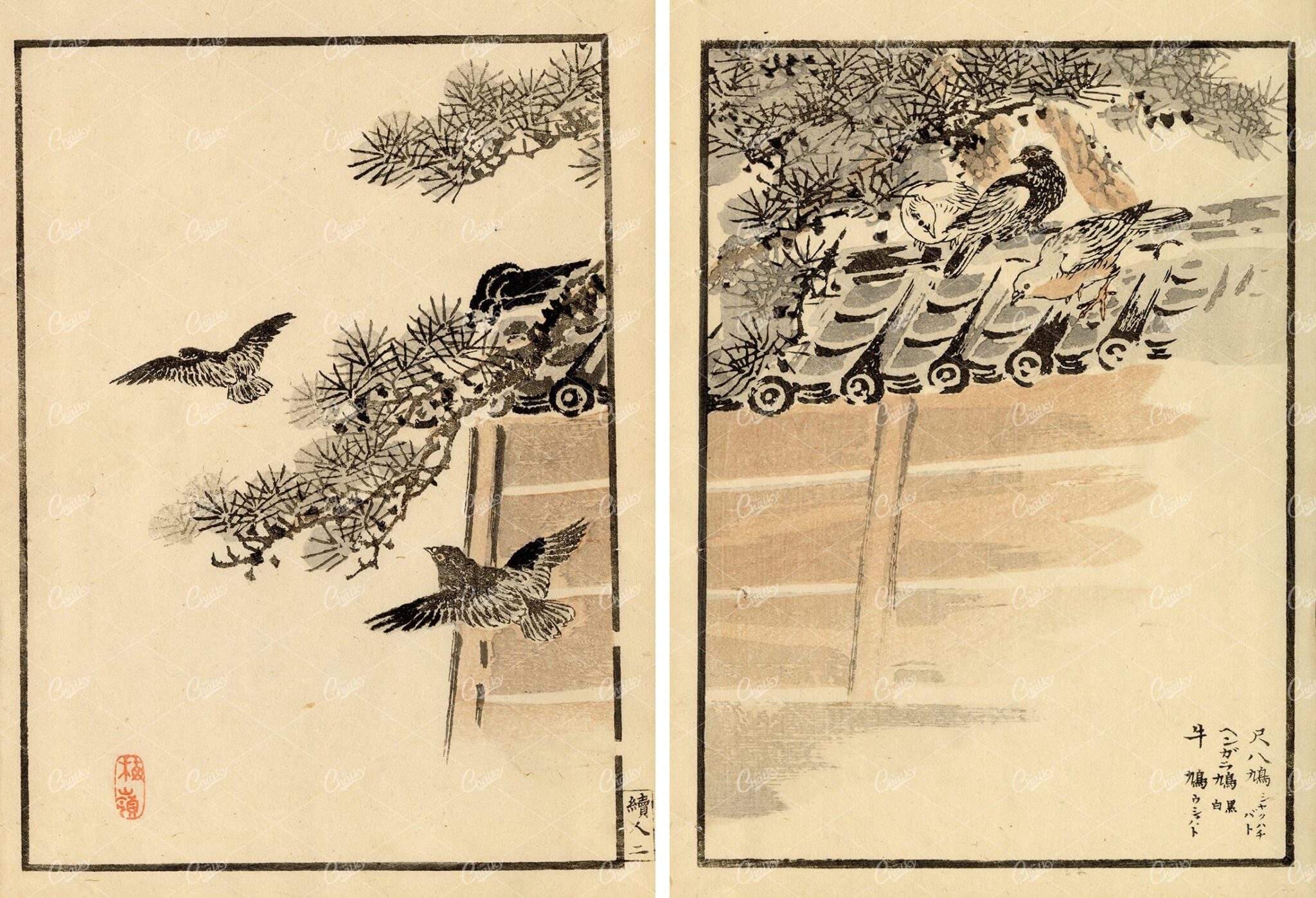

1881 Antique Kono Bairei Woodblock Japanese Art Print Birds in Tree
You’re looking at a beautiful piece of Japanese woodblock art from our collection of original 1881 prints by noted artist, Kono Bairei; Created for one of his best-known publications ‘one hundred birds’. Most of the bird species throughout this collection were native to Japan, with a few domesticated and some imported cage birds. Bairei was born and lived in Kyoto. He was apprenticed to the Maruyama printer Nakajima Raiso at the age of eight. He was a pupil of Shijo artist Shiokawa Bunrin and followed the Nanga school tradition. He established the Kyoto Prefectural School of Painting before opening his own studio to students and retiring from teaching.
- License Info
- Resolution: 11582 x 7905
- Year of Print: 1881
- Artist: Kono Bairei
From this collection
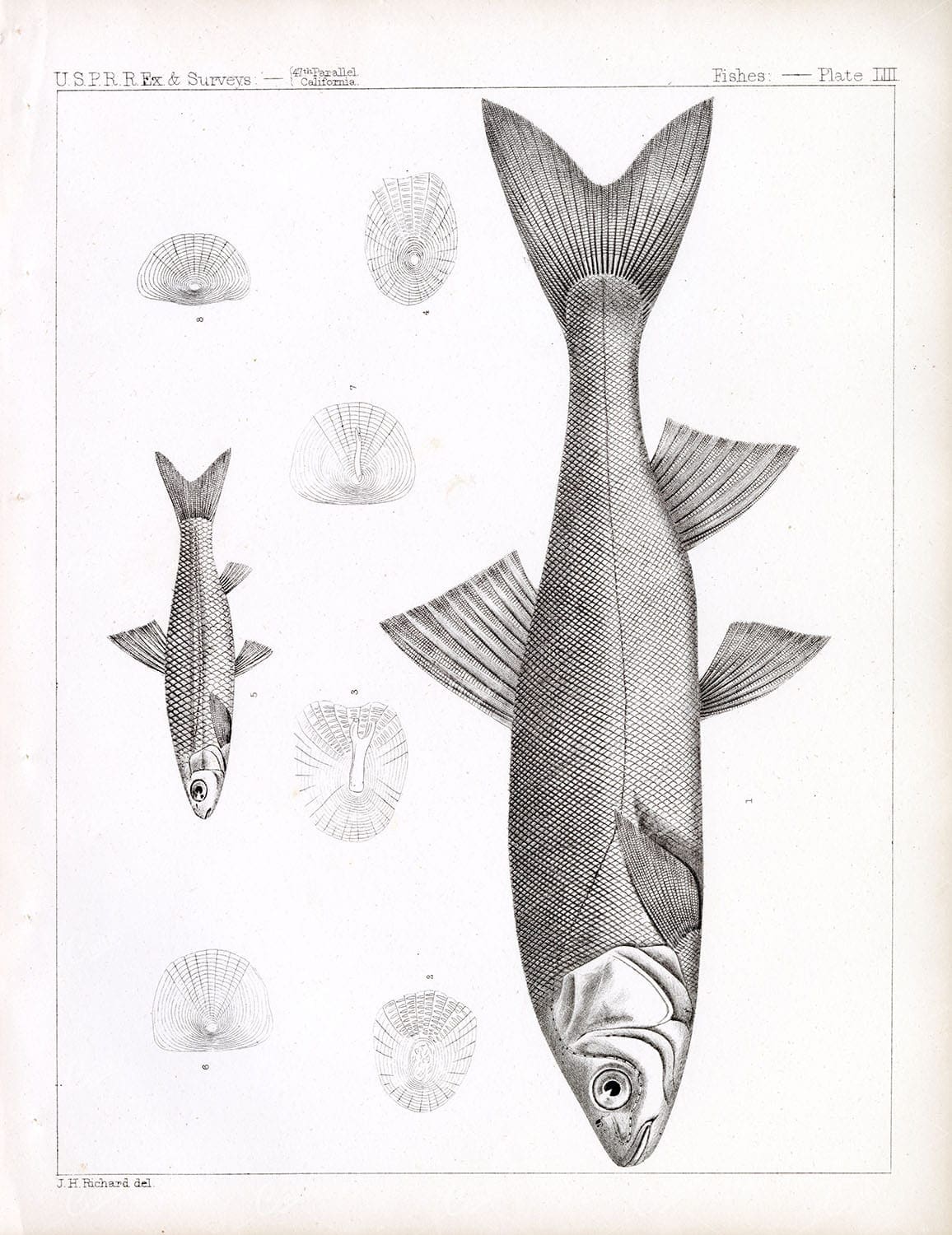

SACRAMENTO BLACKFISH, Antique Stock Image, U.S.P.R.R Fish Survey
This 167 year old scan is from “U.S.P.R.R. Exp. & Surveys – To ascertain the most practicable and economical route for a railroad from the Mississippi River to the Pacific Ocean. Made under the direction of the secretary of war in 1853-1856”. The artwork inside was some of the most artistic and accurate prints made of Birds, Mammals, Reptiles and Fish from the American West. Many of the Lithographs were beautifully hand-colored by a group of naturalists and artists who travelled with the expedition surverying the West for the U.S. Pacific Railroad. Search our archives or click on the artist name below to view the rest of the collection!
- License Info
- Resolution: 7594 x 10009 300dpi
- Year of Print: 1853
- Artist: USPRR Surveys
From this collection


HAWK Swainsons, Hand Coloured Rare Antique Stock Image, U.S.P.R.R Bird Survey
This 167 year old scan is from “U.S.P.R.R. Exp. & Surveys – To ascertain the most practicable and economical route for a railroad from the Mississippi River to the Pacific Ocean. Made under the direction of the secretary of war in 1853-1856”. The artwork inside was some of the most artistic and accurate prints made of Birds, Mammals, Reptiles and Fish from the American West. Many of the Lithographs were beautifully hand-colored by a group of naturalists and artists who travelled with the expedition surverying the West for the U.S. Pacific Railroad. Search our archives or click on the artist name below to view the rest of the collection!
- License Info
- Resolution: 7594 x 10009 300dpi
- Year of Print: 1853
- Artist: USPRR Surveys
From this collection
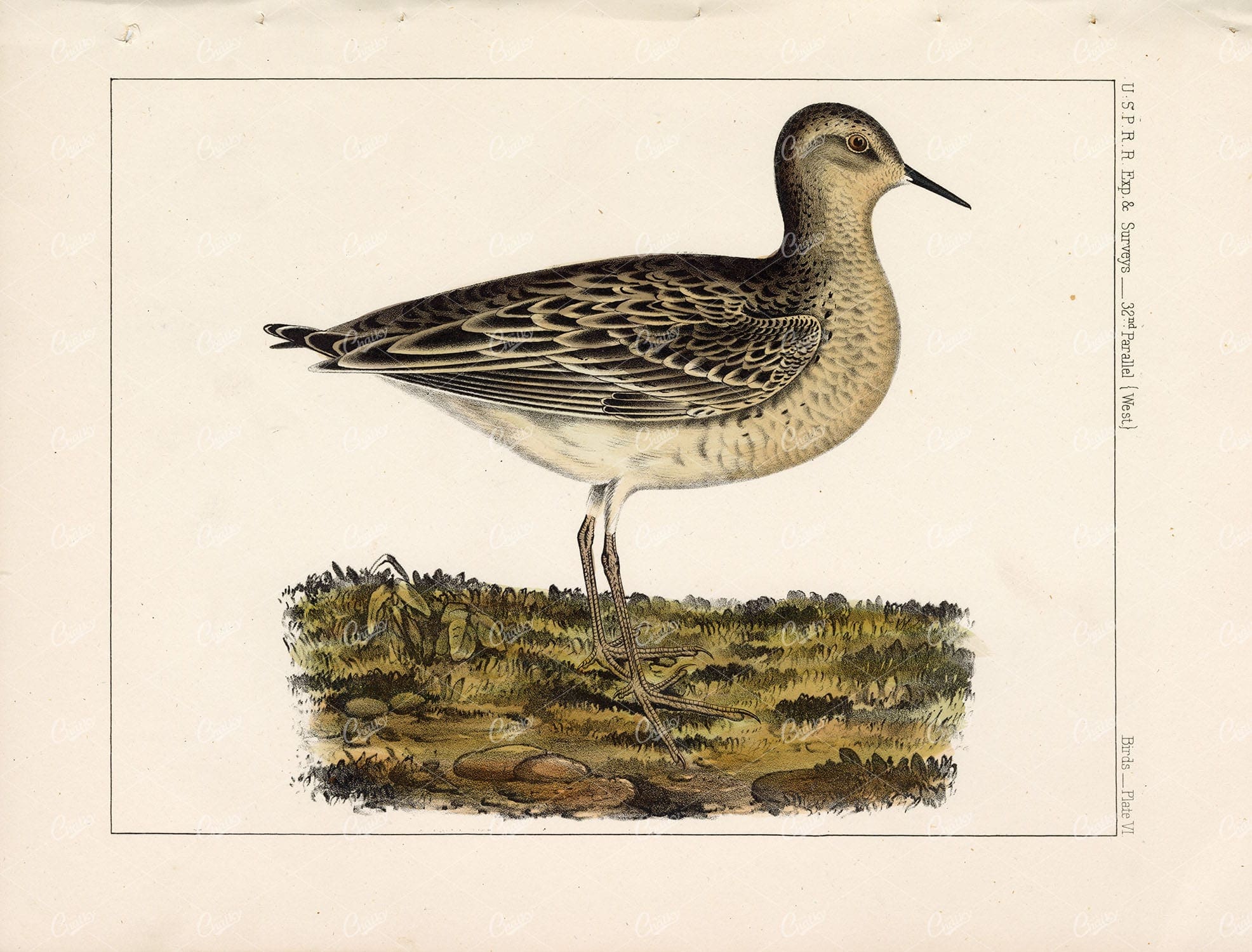

1853 Antique Hand Coloured Stock Image Buff-Breasted Sandpiper U.S.P.R.R Birds Survey
This 167 year old scan is from “U.S.P.R.R. Exp. & Surveys – To ascertain the most practicable and economical route for a railroad from the Mississippi River to the Pacific Ocean. Made under the direction of the secretary of war in 1853-1856”. The artwork inside was some of the most artistic and accurate prints made of Birds, Mammals, Reptiles and Fish from the American West. Many of the Lithographs were beautifully hand-colored by a group of naturalists and artists who travelled with the expedition surverying the West for the U.S. Pacific Railroad. Search our archives or click on the artist name below to view the rest of the collection!
- License Info
- Resolution: 7594 x 10009 300dpi
- Year of Print: 1853
- Artist: USPRR Surveys
From this collection
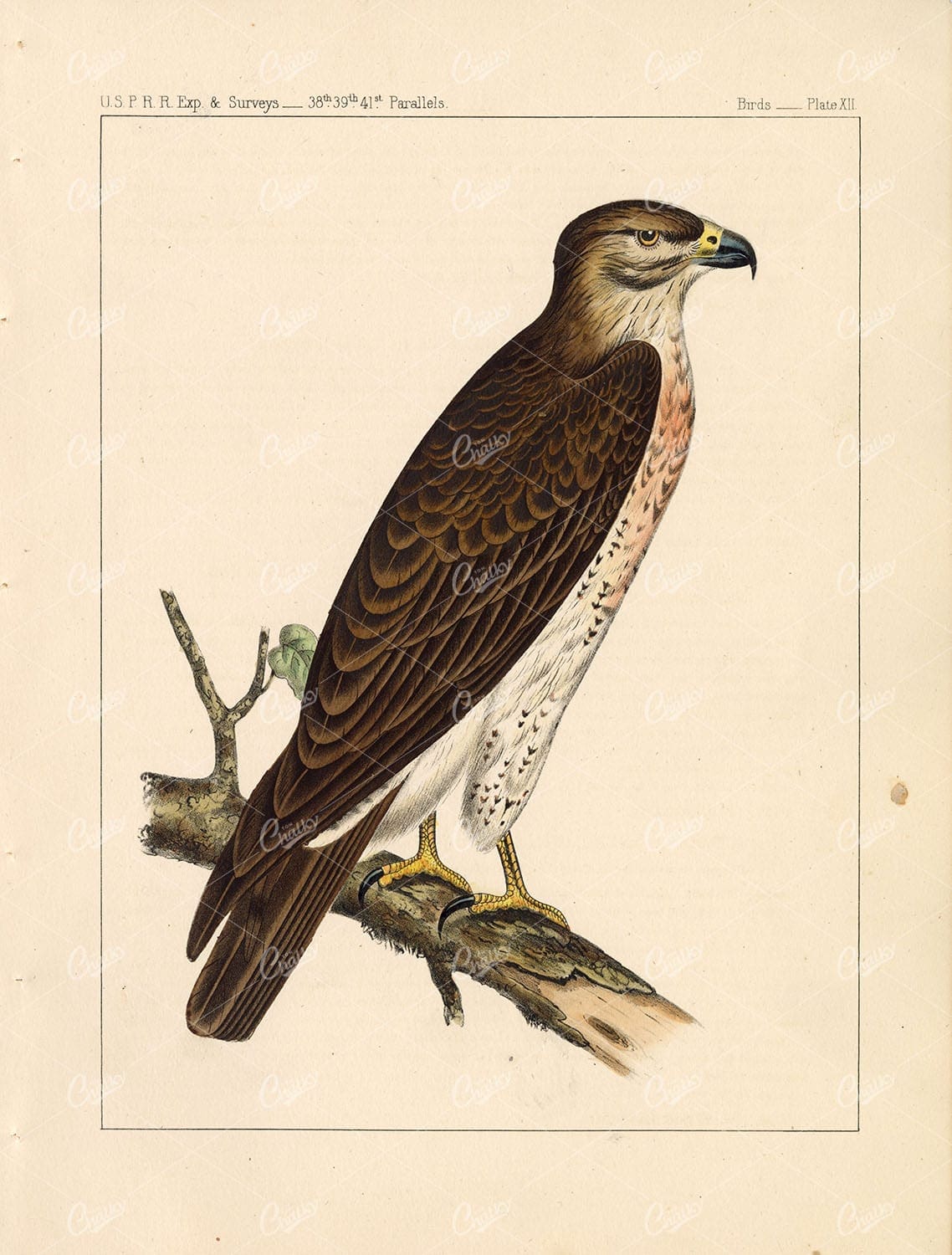

RARE Antique Stock Image, Buteo Swainsonii, Swainson’s Hawk USPRR Surveys Plate XII
This 167 year old scan is from “U.S.P.R.R. Exp. & Surveys – To ascertain the most practicable and economical route for a railroad from the Mississippi River to the Pacific Ocean. Made under the direction of the secretary of war in 1853-1856”. The artwork inside was some of the most artistic and accurate prints made of Birds, Mammals, Reptiles and Fish from the American West. Many of the Lithographs were beautifully hand-colored by a group of naturalists and artists who travelled with the expedition surverying the West for the U.S. Pacific Railroad. Search our archives or click on the artist name below to view the rest of the collection!
- License Info
- Resolution: 11634 x 16420 300dpi
- Year of Print: 1853
- Artist: USPRR Surveys
From this collection
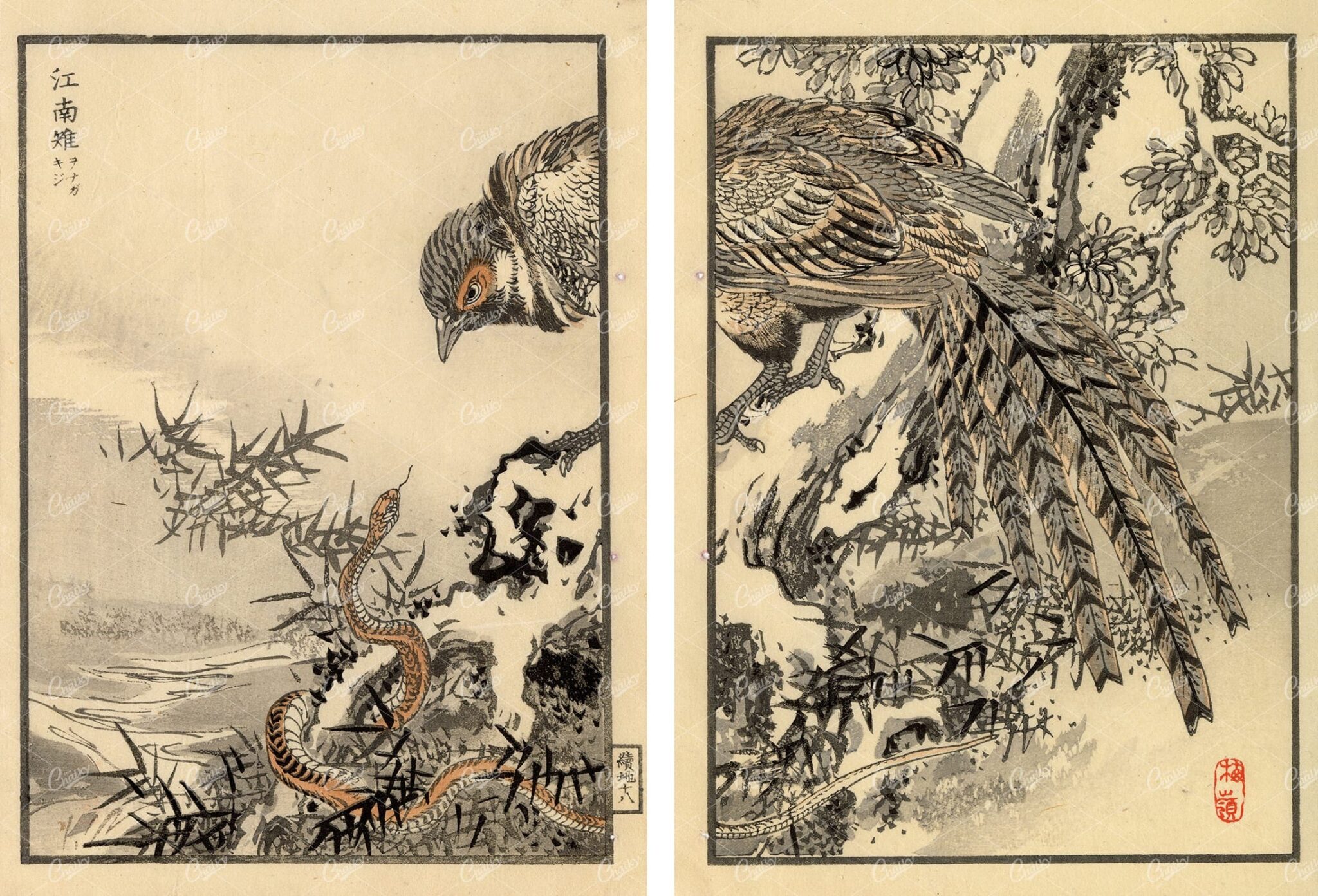

ANTIQUE Kono Bairei Woodblock Japanese Prints 1881 Bird and Snake
You’re looking at a beautiful piece of Japanese woodblock art from our collection of original 1881 prints by noted artist, Kono Bairei; Created for one of his best-known publications ‘one hundred birds’. Most of the bird species throughout this collection were native to Japan, with a few domesticated and some imported cage birds. Bairei was born and lived in Kyoto. He was apprenticed to the Maruyama printer Nakajima Raiso at the age of eight. He was a pupil of Shijo artist Shiokawa Bunrin and followed the Nanga school tradition. He established the Kyoto Prefectural School of Painting before opening his own studio to students and retiring from teaching.
- License Info
- Resolution: 11814 x 8028
- Year of Print: 1881
- Artist: Kono Bairei
From this collection
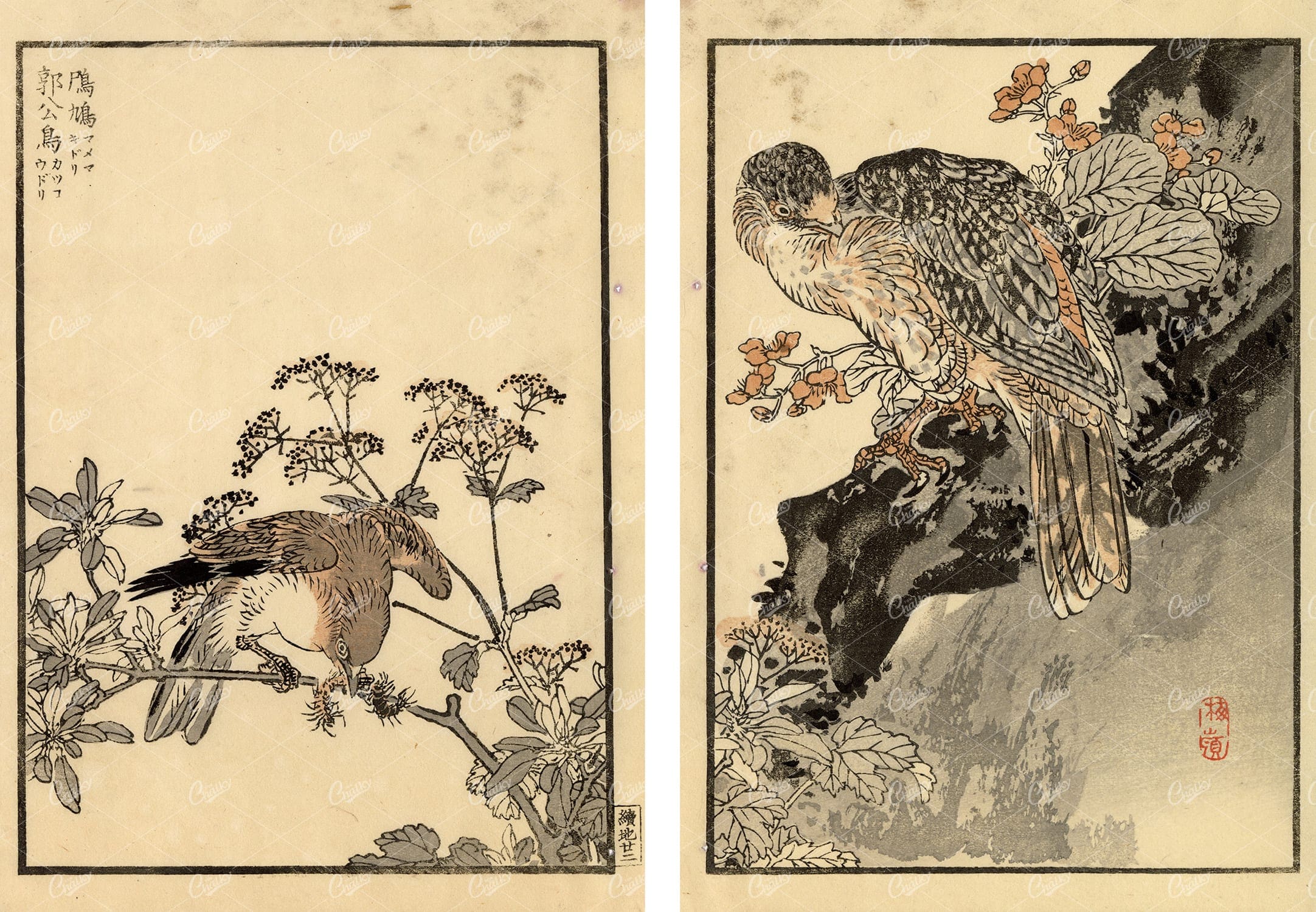

ANTIQUE Original Kono Bairei Woodblock Japanese Prints 1881 Birds
You’re looking at a beautiful piece of Japanese woodblock art from our collection of original 1881 prints by noted artist, Kono Bairei; Created for one of his best-known publications ‘one hundred birds’. Most of the bird species throughout this collection were native to Japan, with a few domesticated and some imported cage birds. Bairei was born and lived in Kyoto. He was apprenticed to the Maruyama printer Nakajima Raiso at the age of eight. He was a pupil of Shijo artist Shiokawa Bunrin and followed the Nanga school tradition. He established the Kyoto Prefectural School of Painting before opening his own studio to students and retiring from teaching.
- License Info
- Resolution: 11582 x 8028
- Year of Print: 1881
- Artist: Kono Bairei
From this collection
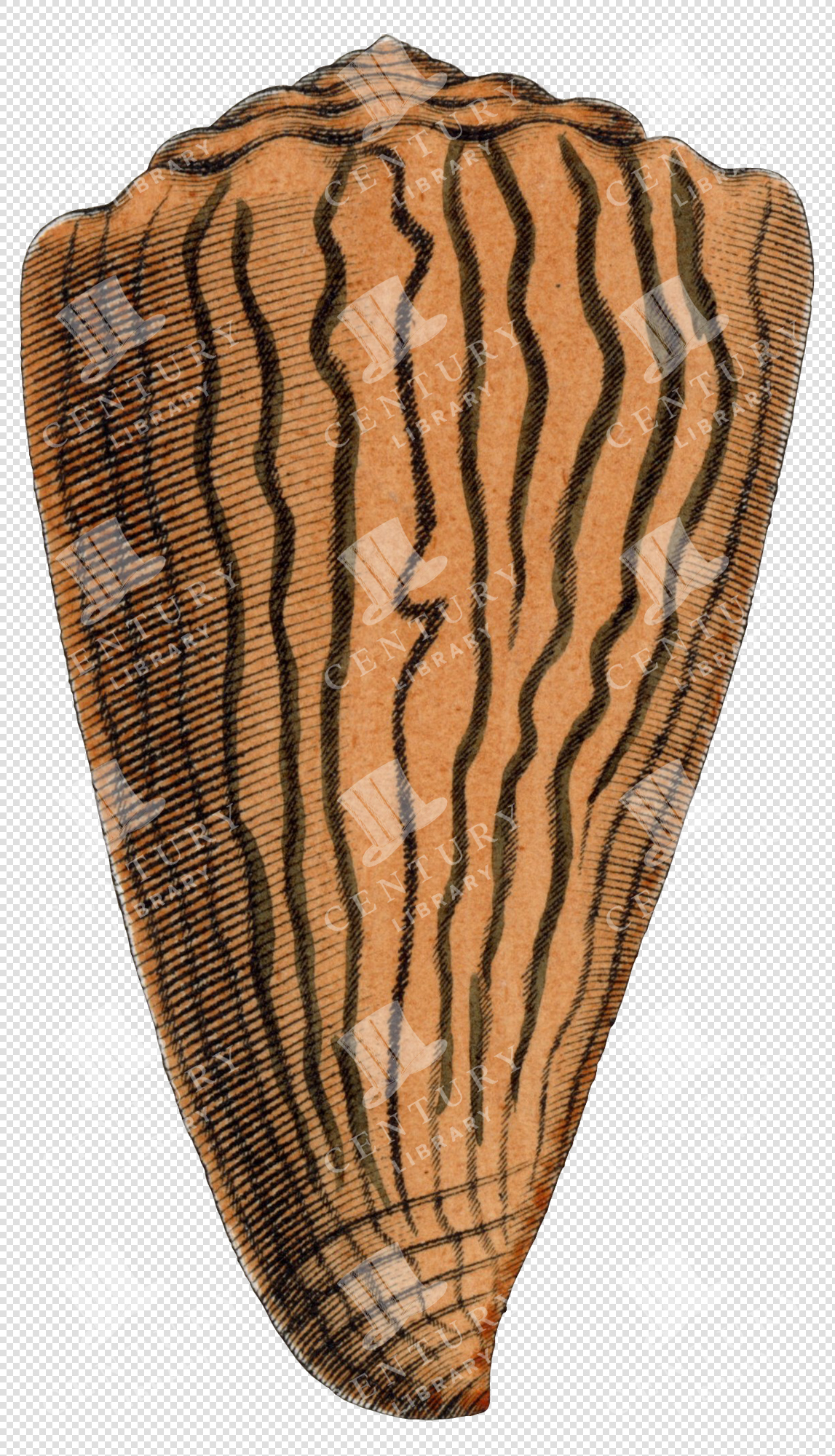

Striped Orange and Black Shell Illustration with Wavy Pattern – Transparent PNG for Collage Use
This vintage sea shell illustration was carefully isolated from a hand-colored engraving published in the mid-1800s. Part of a detailed natural history collection, it showcases the intricate textures and rich tones typical of 19th-century scientific illustration. Perfect for collage, print, or digital design work, this transparent PNG retains the charm and precision of antique artwork while offering modern usability.
- Image Type(s): PNG
- shell artwork
- ocean shell
- beachcomber art
- shell chart
- conch shell
- seashell study
- spiral shell
- shell taxonomy
- bivalve shell
- shell graphic
- shell specimen
- shell decor
- shell engraving
- ocean specimen
- antique shell
- historic shell
- shell cutout
- hand-colored shell
- Victorian shell
- mollusk shell
- sea life illustration
- shell drawing
- shell illustration
- seashell PNG
- marine shell
- coastal shell
- scientific illustration
- marine biology
- Natural History
- Sea Shell
From this collection
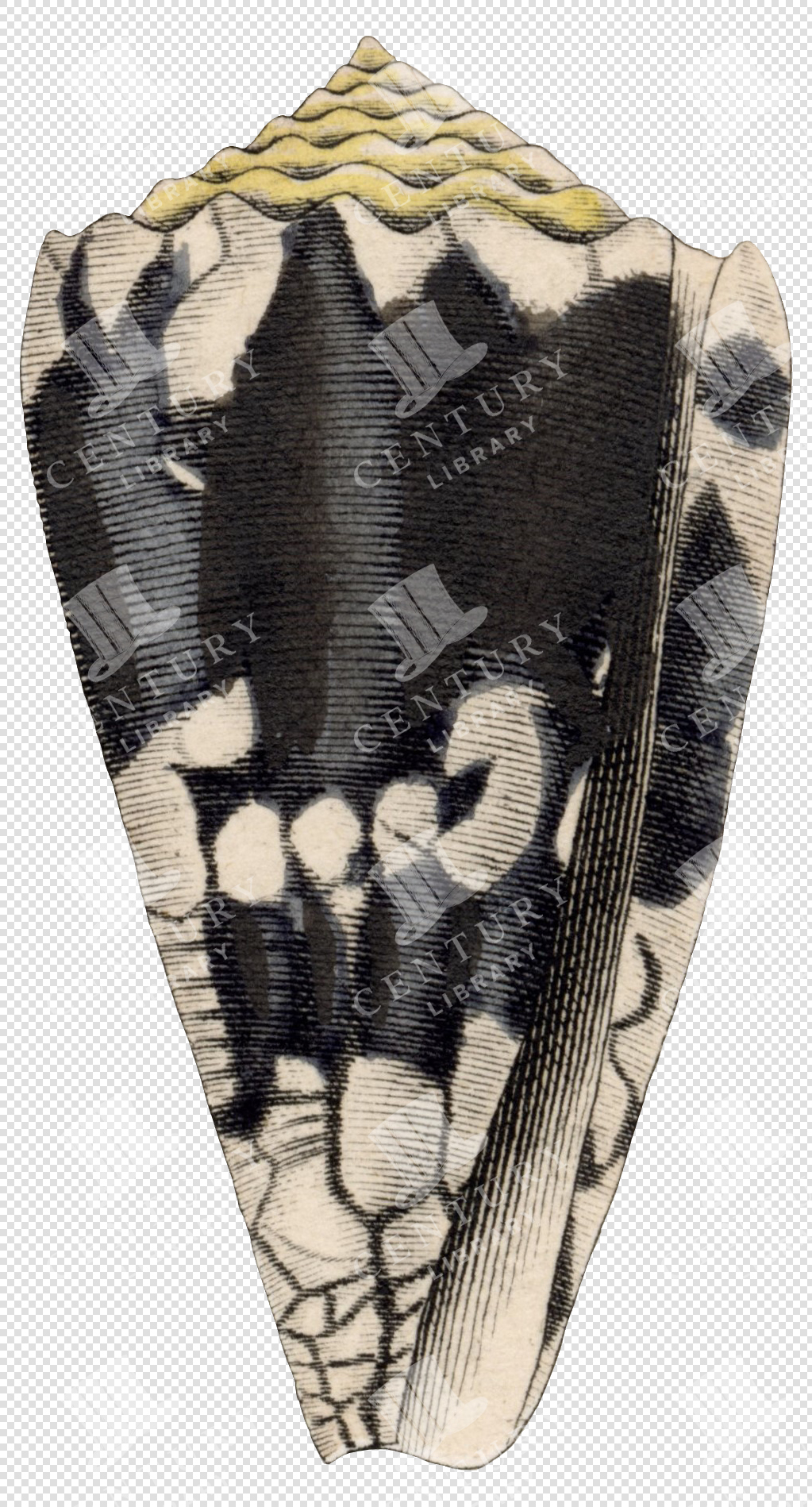

Black and Beige Cone Shell PNG Illustration with Textured Surface and Transparent Background
This vintage sea shell illustration was carefully isolated from a hand-colored engraving published in the mid-1800s. Part of a detailed natural history collection, it showcases the intricate textures and rich tones typical of 19th-century scientific illustration. Perfect for collage, print, or digital design work, this transparent PNG retains the charm and precision of antique artwork while offering modern usability.
- Image Type(s): PNG
- antique shell
- beachcomber art
- bivalve shell
- coastal shell
- conch shell
- hand-colored shell
- historic shell
- marine biology
- marine shell
- mollusk shell
- Natural History
- ocean shell
- ocean specimen
- scientific illustration
- sea life illustration
- Sea Shell
- seashell PNG
- seashell study
- shell artwork
- shell chart
- shell cutout
- shell decor
- shell drawing
- shell engraving
- shell graphic
- shell illustration
- shell specimen
- shell taxonomy
- spiral shell
- Victorian shell
From this collection
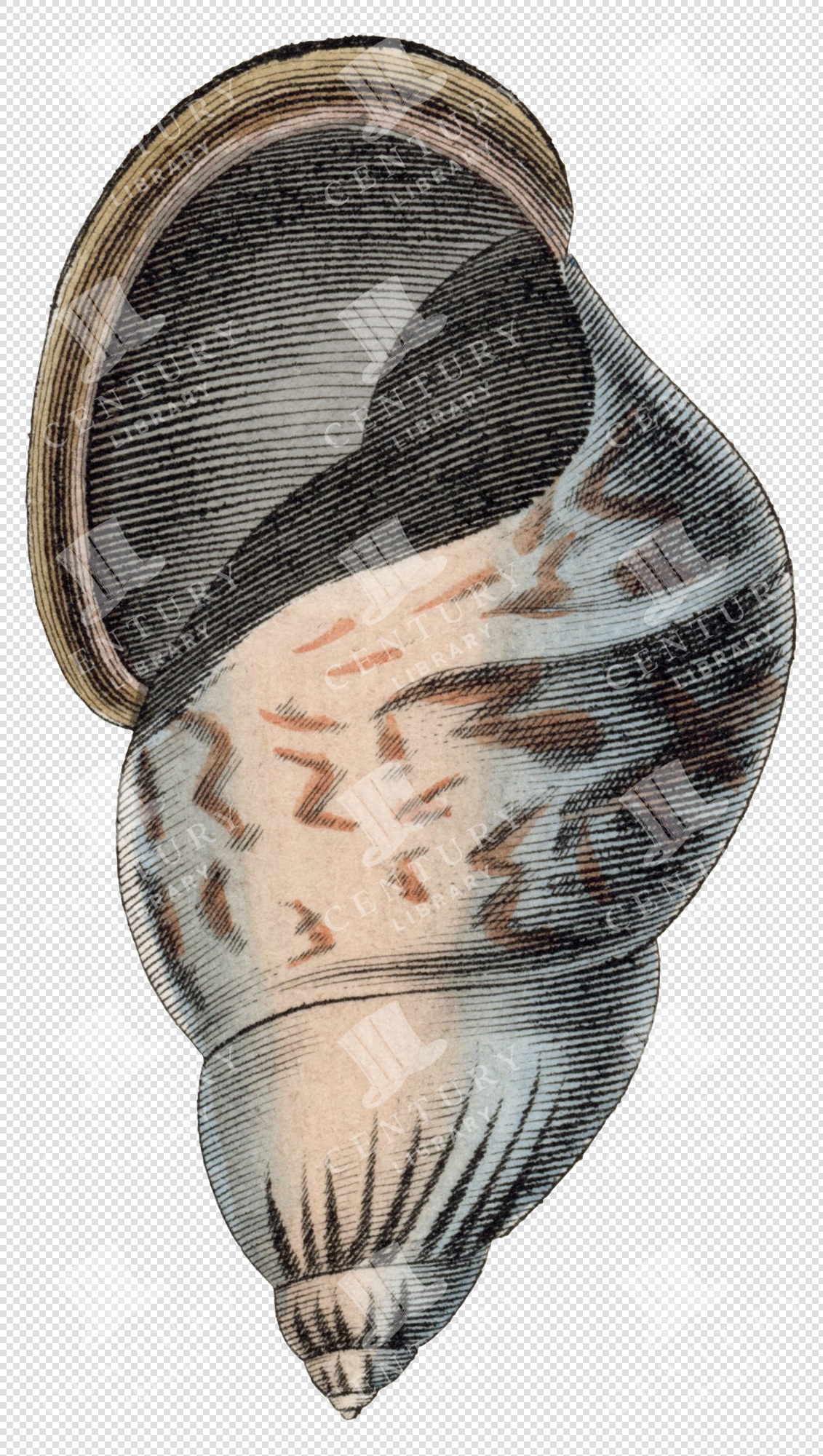

Beige and Black Spiral Shell PNG Illustration with Speckled Pattern and Transparent Background
This vintage sea shell illustration was carefully isolated from a hand-colored engraving published in the mid-1800s. Part of a detailed natural history collection, it showcases the intricate textures and rich tones typical of 19th-century scientific illustration. Perfect for collage, print, or digital design work, this transparent PNG retains the charm and precision of antique artwork while offering modern usability.
- Image Type(s): PNG
- antique shell
- beachcomber art
- bivalve shell
- coastal shell
- conch shell
- hand-colored shell
- historic shell
- marine biology
- marine shell
- mollusk shell
- Natural History
- ocean shell
- ocean specimen
- scientific illustration
- sea life illustration
- Sea Shell
- seashell PNG
- seashell study
- shell artwork
- shell chart
- shell cutout
- shell decor
- shell drawing
- shell engraving
- shell graphic
- shell illustration
- shell specimen
- shell taxonomy
- spiral shell
- Victorian shell
From this collection


Brown and Beige Coiled Spiral Shell PNG Illustration with Dark Net-Like Pattern and Transparent Background
This vintage sea shell illustration was carefully isolated from a hand-colored engraving published in the mid-1800s. Part of a detailed natural history collection, it showcases the intricate textures and rich tones typical of 19th-century scientific illustration. Perfect for collage, print, or digital design work, this transparent PNG retains the charm and precision of antique artwork while offering modern usability.
- Image Type(s): PNG
- antique shell
- beachcomber art
- bivalve shell
- coastal shell
- coil
- conch shell
- hand-colored shell
- historic shell
- marine biology
- marine shell
- mollusk shell
- Natural History
- ocean shell
- ocean specimen
- scientific illustration
- sea life illustration
- Sea Shell
- seashell PNG
- seashell study
- shell artwork
- shell chart
- shell cutout
- shell decor
- shell drawing
- shell engraving
- shell graphic
- shell illustration
- shell specimen
- shell taxonomy
- spiral shell
- structure
- Victorian shell
From this collection
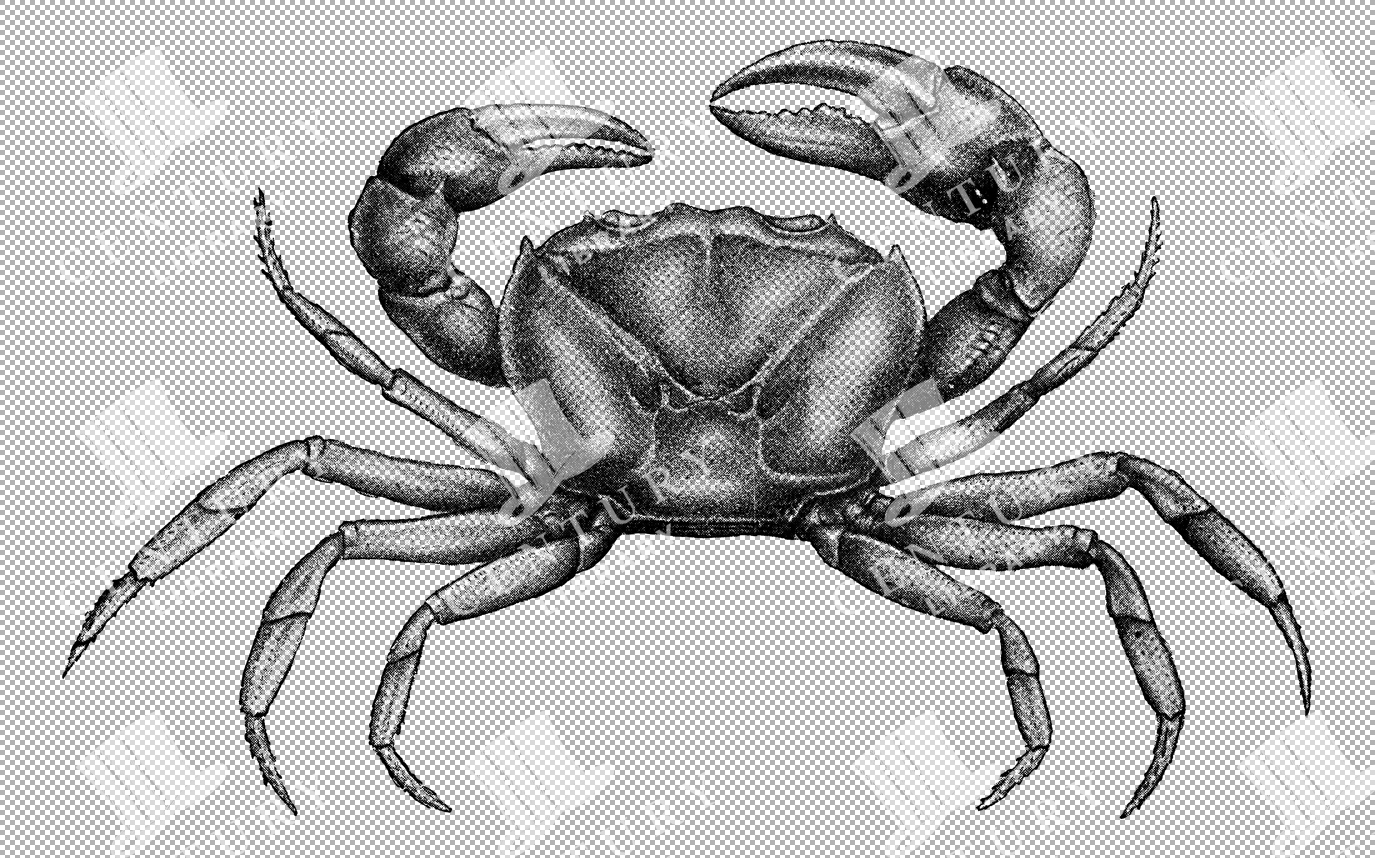

Detailed Vintage Illustration of Italian Land Crab in Natural Pose as Isolated Transparent PNG Artwork
A detailed vintage illustration of an Italian land crab in a natural pose. This transparent PNG artwork captures the intricate details of the crab’s form and texture, ideal for digital and nature-themed projects.
- Resolution: 4192px x 2617px
- Image Type(s): PNG
Related Images
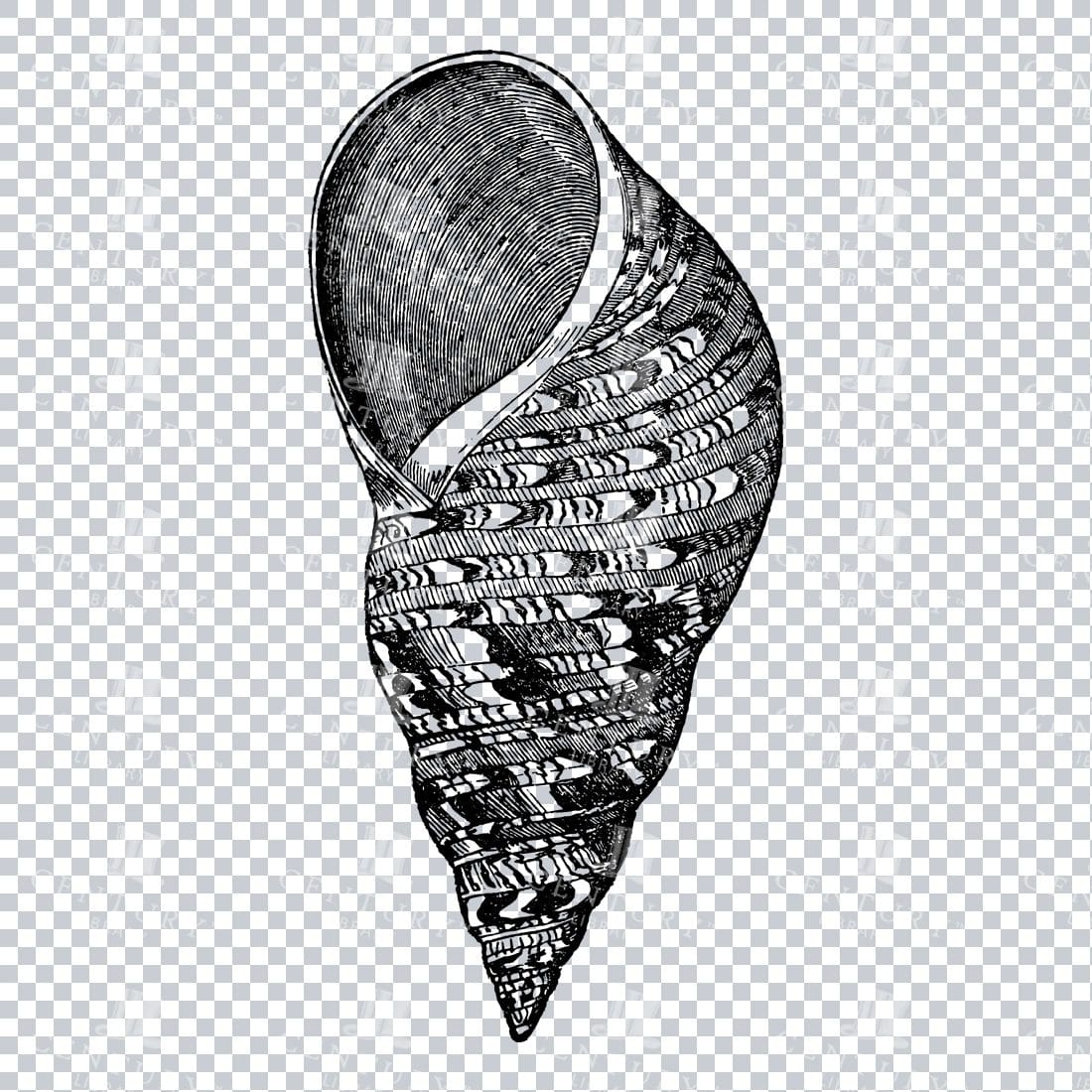

Illustration of a Marbled Turbo Shell No.3
- License Info
- Resolution: 1077px x 2247px
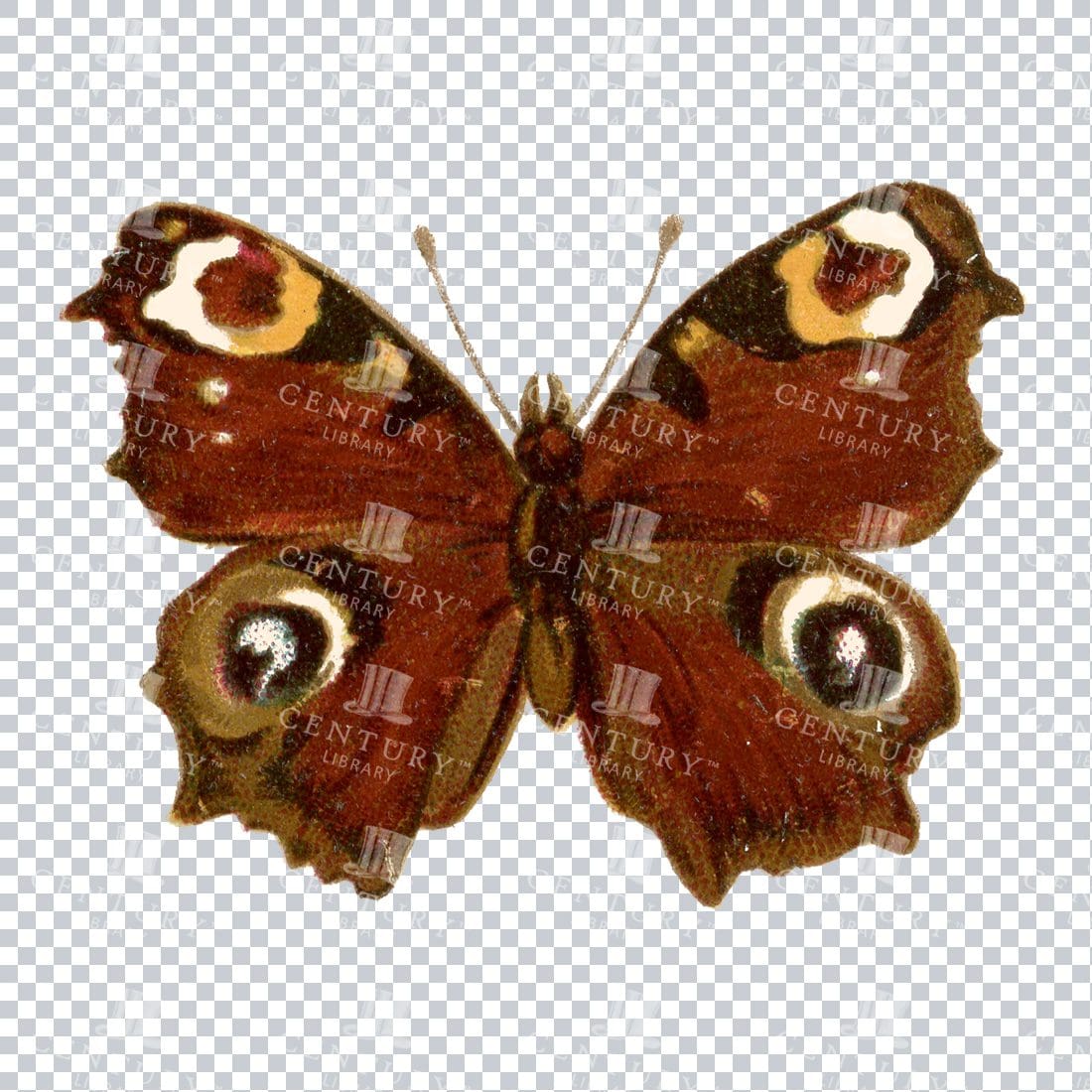

Vintage PNG Full Color PNG of a Butterfly No.3
- License Info
- Resolution: 1518px x 1149px
Related Images
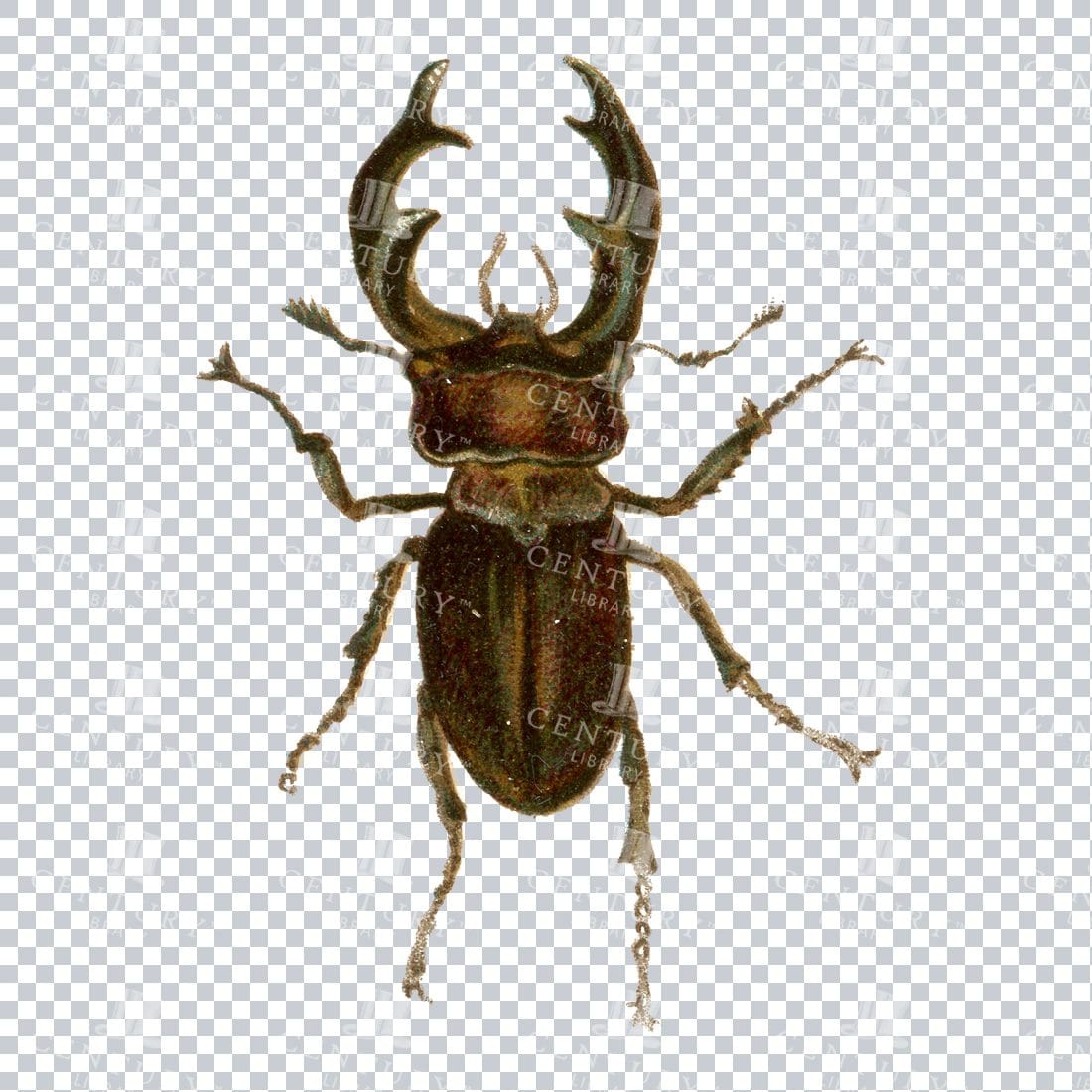

Vintage PNG Artwork – Beetle Insect No.4
- License Info
- Resolution: 1331px x 1821px
Related Images
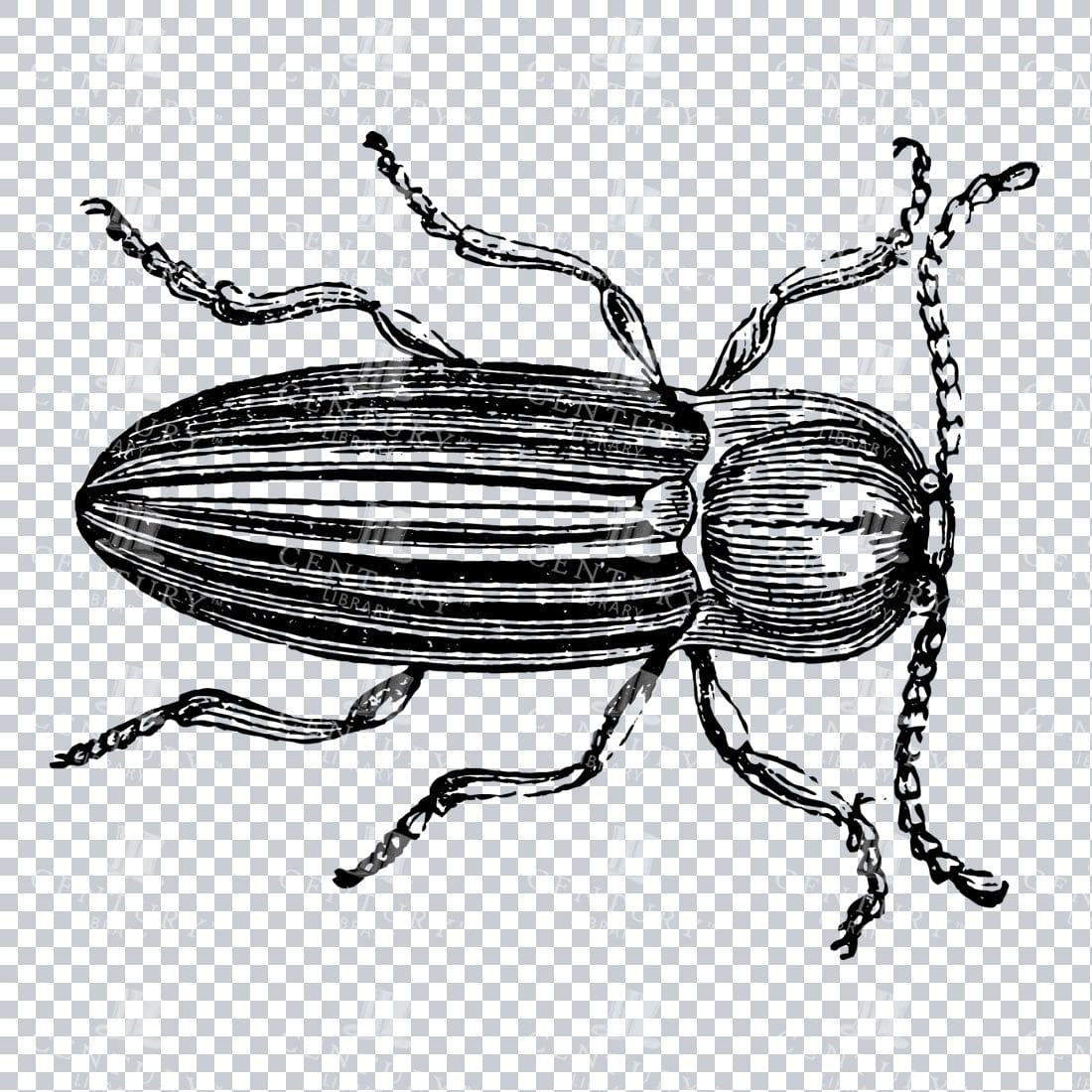

Vintage PNG Artwork – Beetle Insect No.3
- License Info
- Resolution: 1264px x 1055px
Related Images
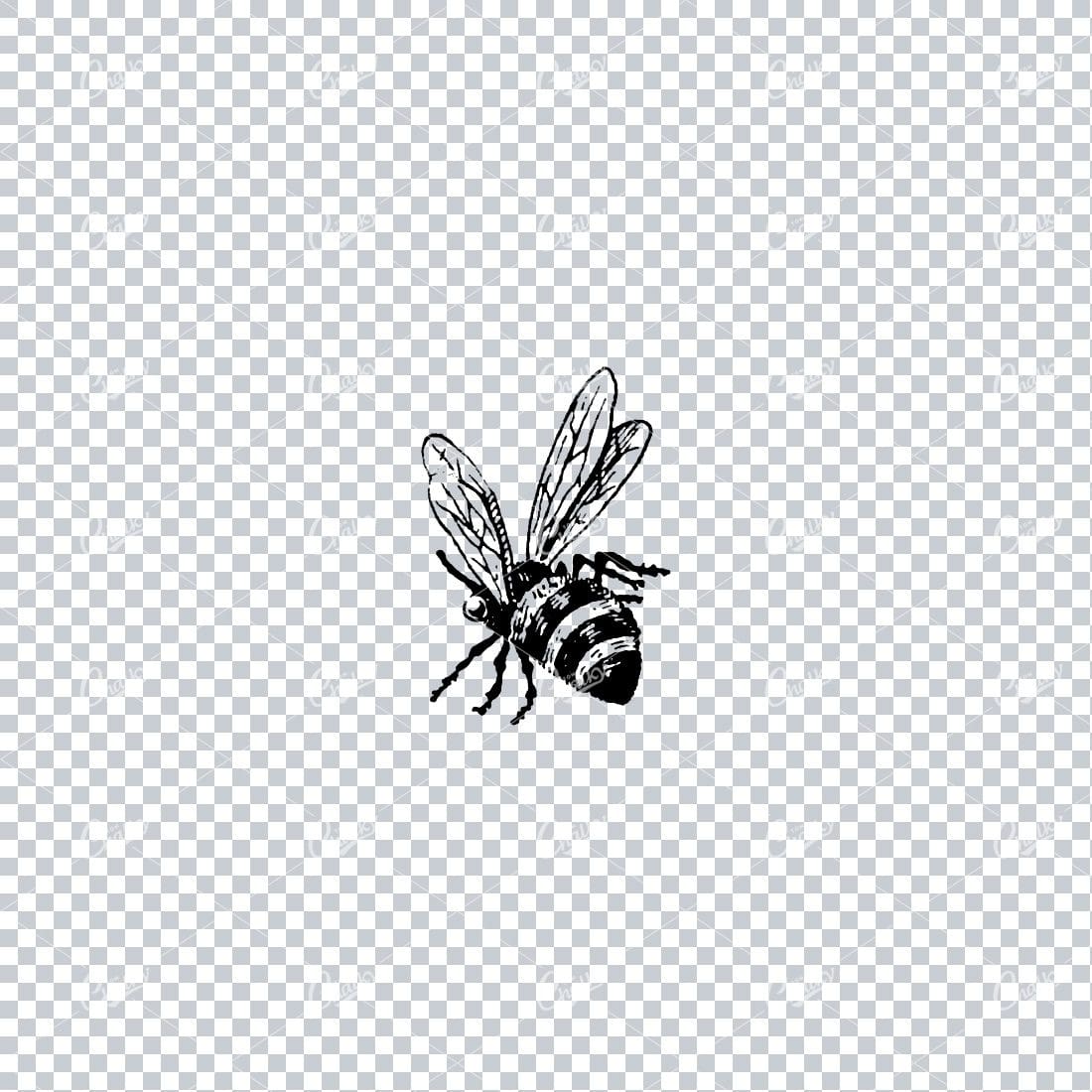

Vintage Line Art Illustration of a Bee No.1
- License Info
- Resolution: 252px x 362px
Related Images
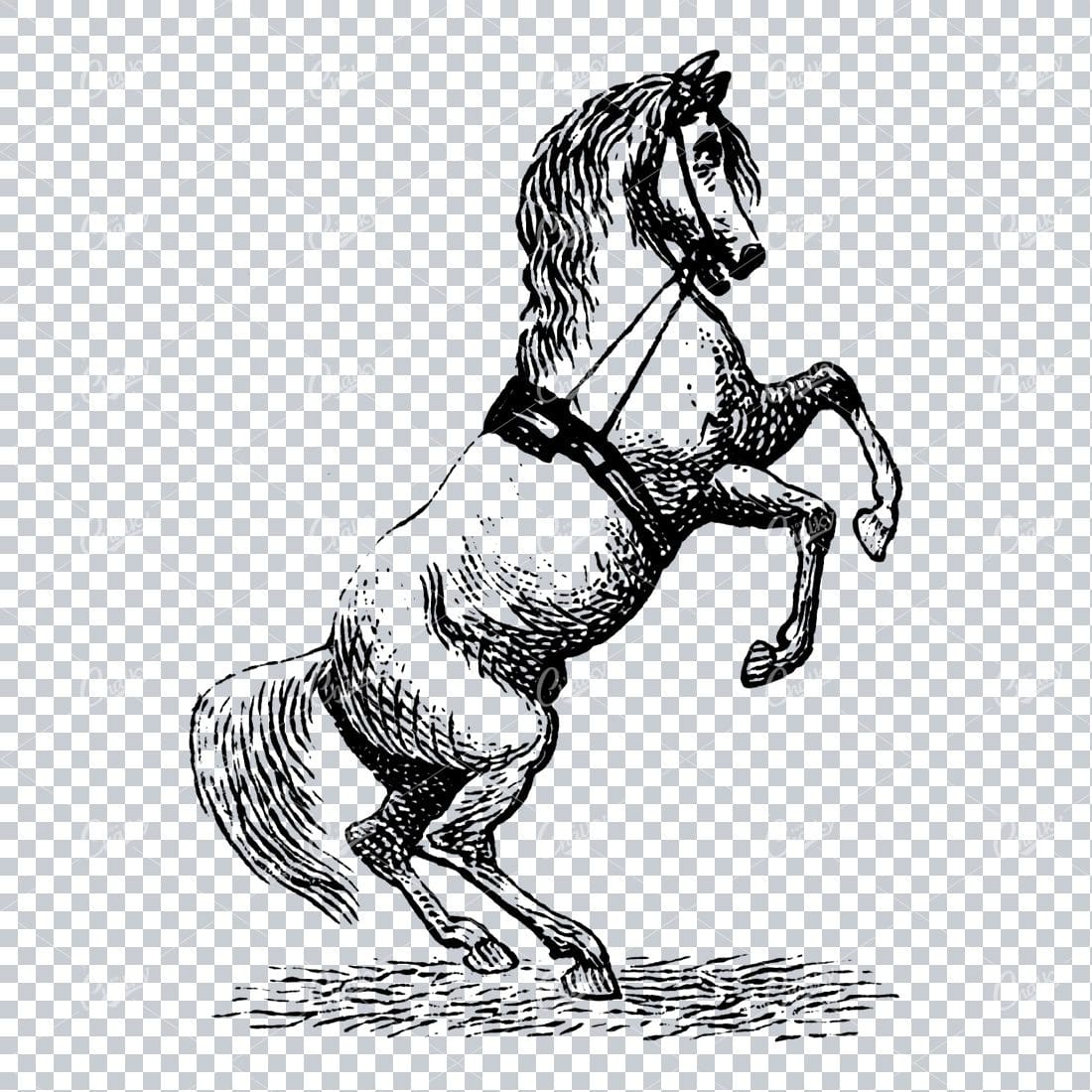

Vintage Horse Riding Illustration – Horse on Hind Legs
- License Info
- Resolution: 900px x 1250px
Related Images


ANTIQUE Original Kono Bairei Woodblock Japanese Prints 1881 Birds
You’re looking at a beautiful piece of Japanese woodblock art from our collection of original 1881 prints by noted artist, Kono Bairei; Created for one of his best-known publications ‘one hundred birds’. Most of the bird species throughout this collection were native to Japan, with a few domesticated and some imported cage birds. Bairei was born and lived in Kyoto. He was apprenticed to the Maruyama printer Nakajima Raiso at the age of eight. He was a pupil of Shijo artist Shiokawa Bunrin and followed the Nanga school tradition. He established the Kyoto Prefectural School of Painting before opening his own studio to students and retiring from teaching.
- License Info
- Resolution: 11582 x 8028
- Year of Print: 1881
- Artist: Kono Bairei
From this collection


ANTIQUE Original Kono Bairei Woodblock Japanese Prints 1881 Birds
You’re looking at a beautiful piece of Japanese woodblock art from our collection of original 1881 prints by noted artist, Kono Bairei; Created for one of his best-known publications ‘one hundred birds’. Most of the bird species throughout this collection were native to Japan, with a few domesticated and some imported cage birds. Bairei was born and lived in Kyoto. He was apprenticed to the Maruyama printer Nakajima Raiso at the age of eight. He was a pupil of Shijo artist Shiokawa Bunrin and followed the Nanga school tradition. He established the Kyoto Prefectural School of Painting before opening his own studio to students and retiring from teaching.
- License Info
- Resolution: 11582 x 8028
- Year of Print: 1881
- Artist: Kono Bairei
From this collection
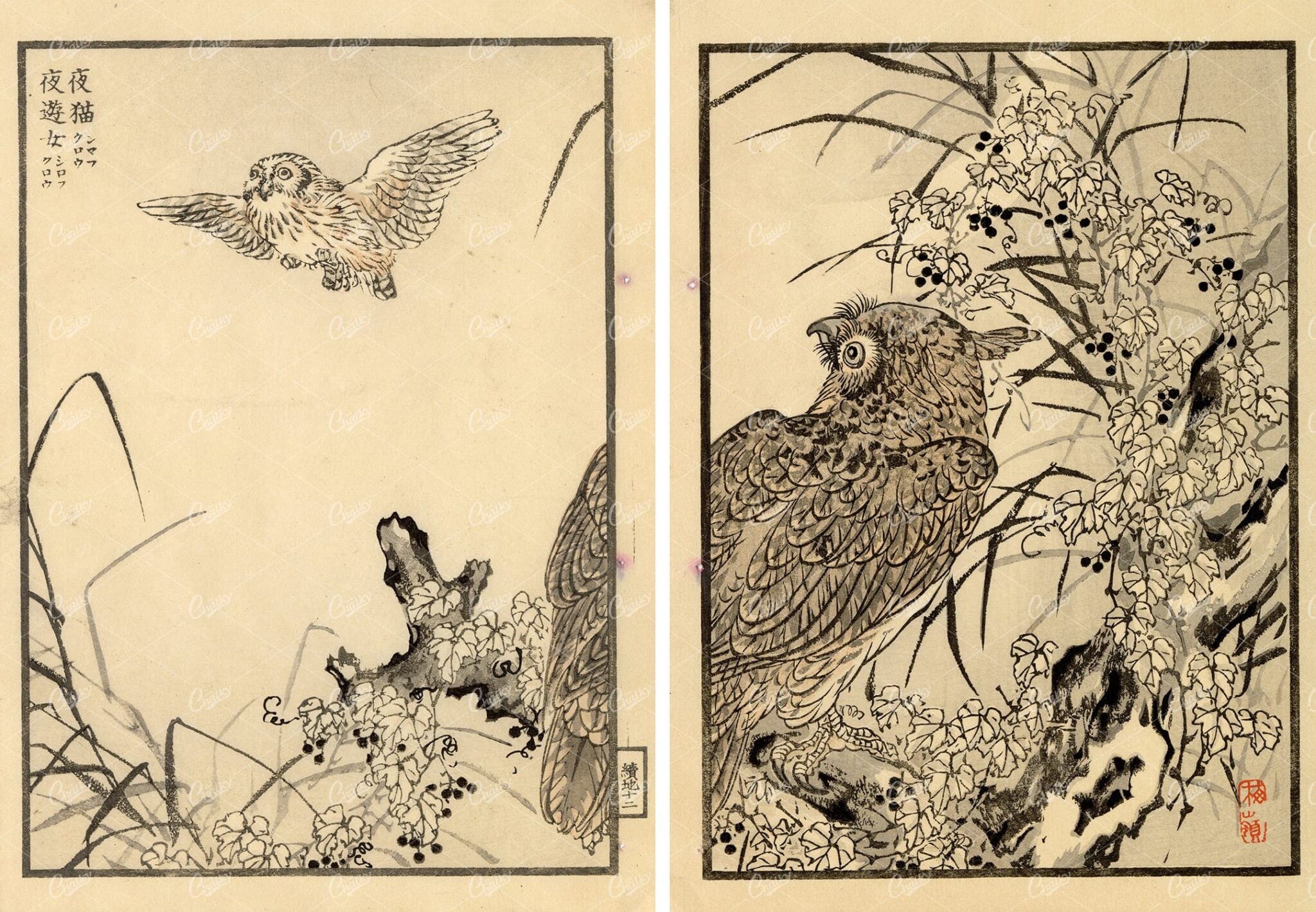

ANTIQUE Original Kono Bairei Wood Block Japanese Art Prints 1881 Owls
You’re looking at a beautiful piece of Japanese woodblock art from our collection of original 1881 prints by noted artist, Kono Bairei; Created for one of his best-known publications ‘one hundred birds’. Most of the bird species throughout this collection were native to Japan, with a few domesticated and some imported cage birds. Bairei was born and lived in Kyoto. He was apprenticed to the Maruyama printer Nakajima Raiso at the age of eight. He was a pupil of Shijo artist Shiokawa Bunrin and followed the Nanga school tradition. He established the Kyoto Prefectural School of Painting before opening his own studio to students and retiring from teaching.
- License Info
- Resolution: 11582 x 8028
- Year of Print: 1881
- Artist: Kono Bairei
From this collection
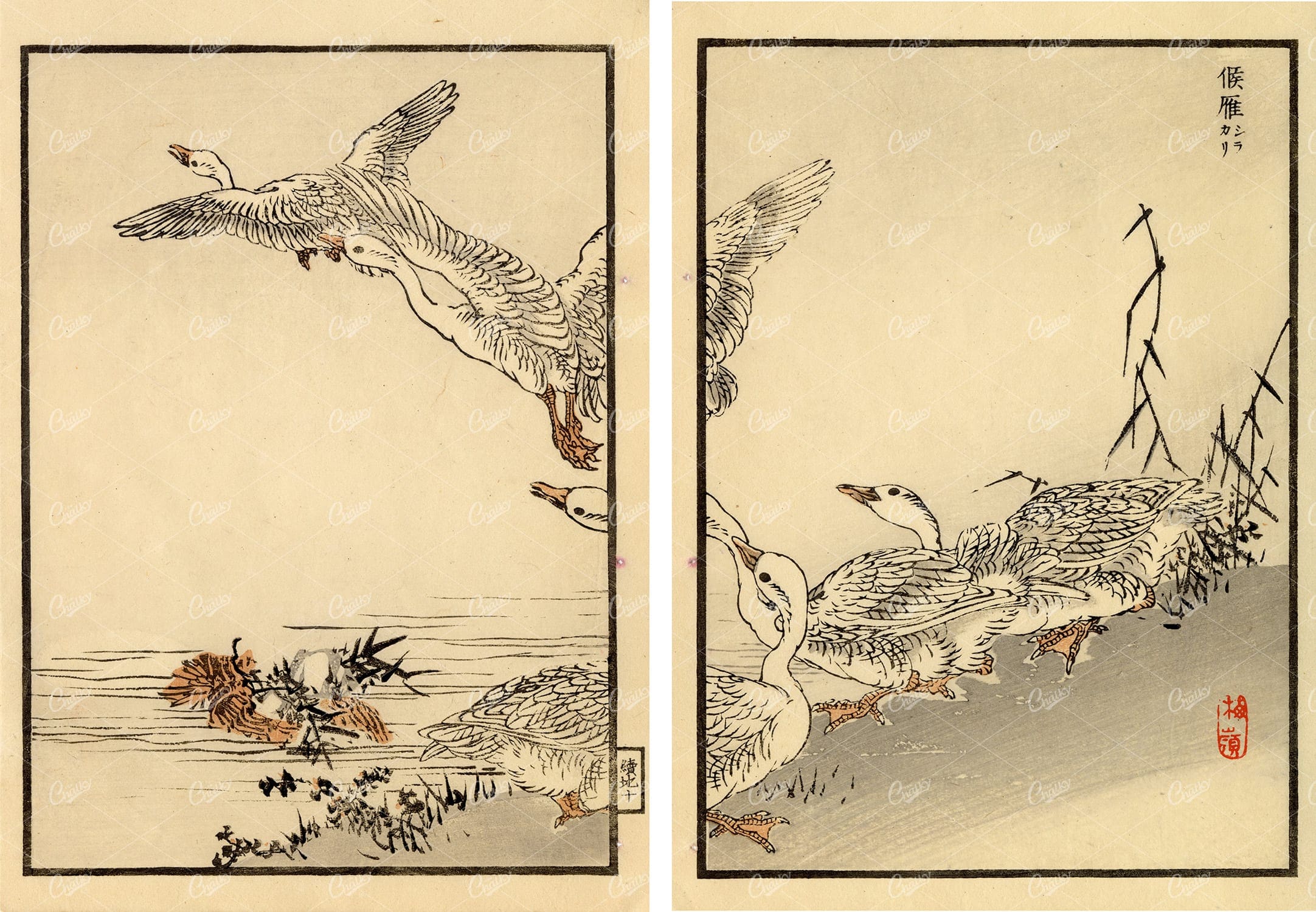

ANTIQUE Original Kono Bairei Woodblock Japanese Prints 1881 Birds Flying
You’re looking at a beautiful piece of Japanese woodblock art from our collection of original 1881 prints by noted artist, Kono Bairei; Created for one of his best-known publications ‘one hundred birds’. Most of the bird species throughout this collection were native to Japan, with a few domesticated and some imported cage birds. Bairei was born and lived in Kyoto. He was apprenticed to the Maruyama printer Nakajima Raiso at the age of eight. He was a pupil of Shijo artist Shiokawa Bunrin and followed the Nanga school tradition. He established the Kyoto Prefectural School of Painting before opening his own studio to students and retiring from teaching.
- License Info
- Resolution: 11582 x 8028
- Year of Print: 1881
- Artist: Kono Bairei
From this collection
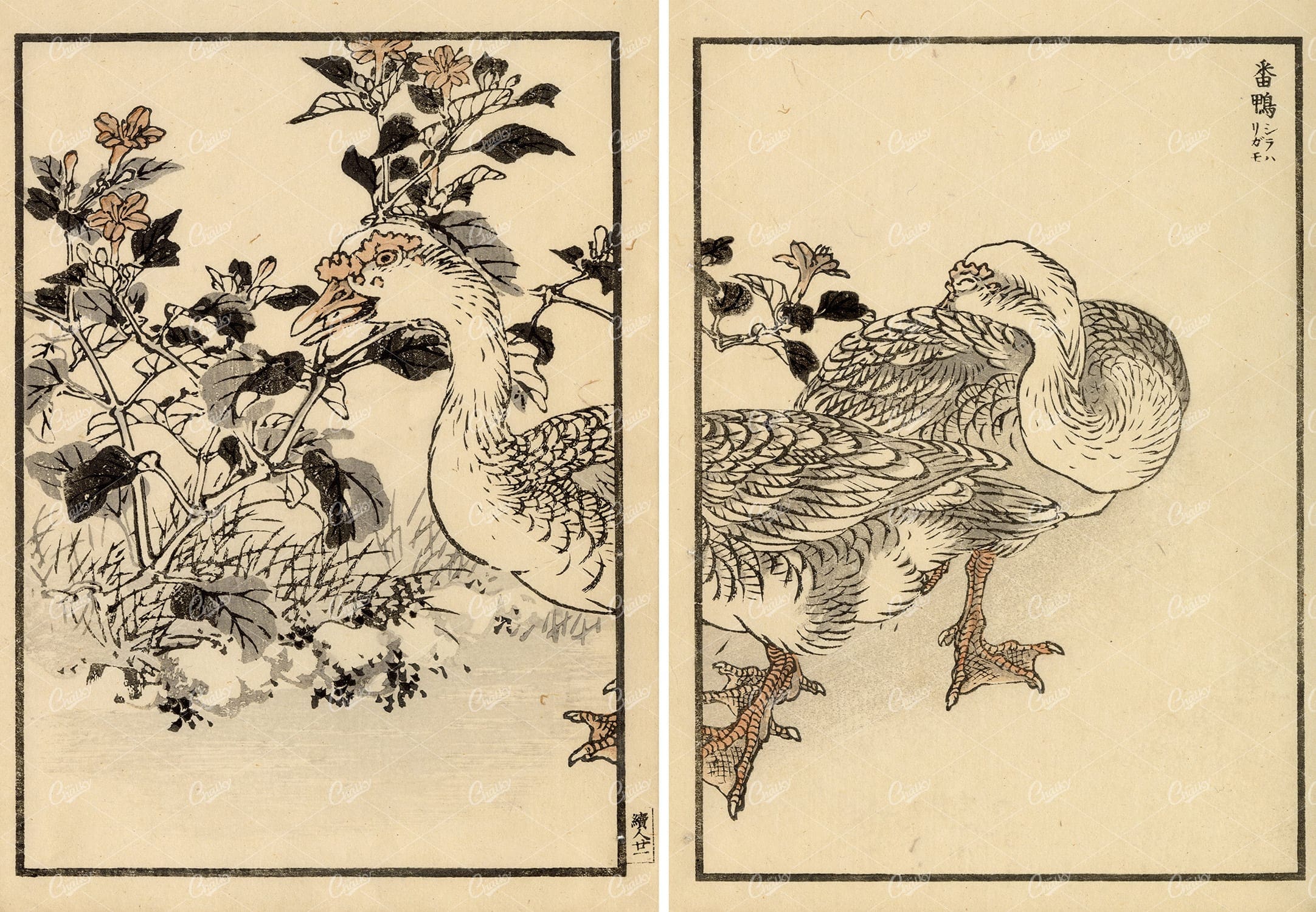

ANTIQUE Original Kono Bairei Woodblock Japanese Prints 1881 Birds
You’re looking at a beautiful piece of Japanese woodblock art from our collection of original 1881 prints by noted artist, Kono Bairei; Created for one of his best-known publications ‘one hundred birds’. Most of the bird species throughout this collection were native to Japan, with a few domesticated and some imported cage birds. Bairei was born and lived in Kyoto. He was apprenticed to the Maruyama printer Nakajima Raiso at the age of eight. He was a pupil of Shijo artist Shiokawa Bunrin and followed the Nanga school tradition. He established the Kyoto Prefectural School of Painting before opening his own studio to students and retiring from teaching.
- License Info
- Resolution: 11582 x 8028
- Year of Print: 1881
- Artist: Kono Bairei
From this collection
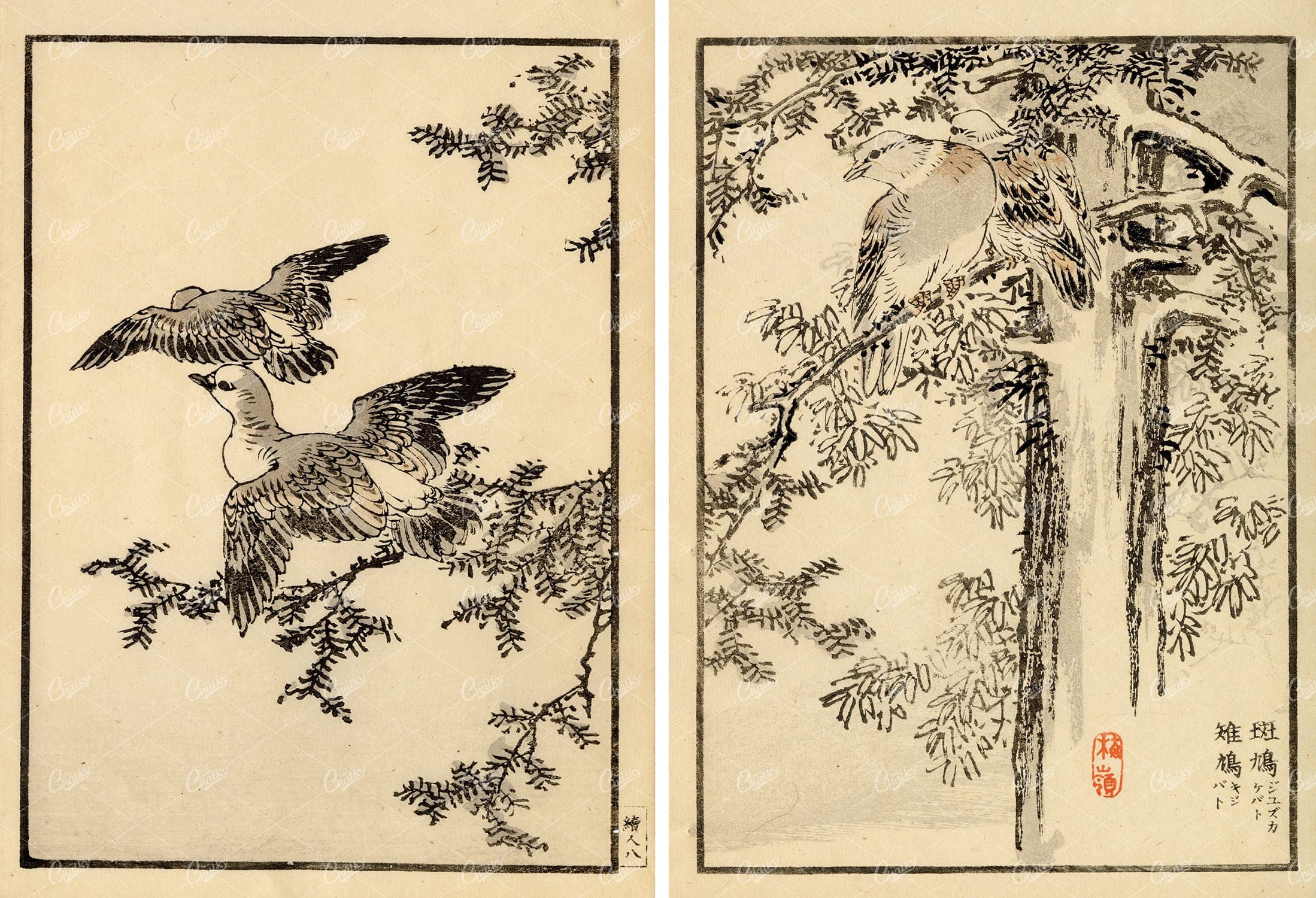

VINTAGE Japanese Artwork – Kono Bairei Original Birds Woodblock 1881
You’re looking at a beautiful piece of Japanese woodblock art from our collection of original 1881 prints by noted artist, Kono Bairei; Created for one of his best-known publications ‘one hundred birds’. Most of the bird species throughout this collection were native to Japan, with a few domesticated and some imported cage birds. Bairei was born and lived in Kyoto. He was apprenticed to the Maruyama printer Nakajima Raiso at the age of eight. He was a pupil of Shijo artist Shiokawa Bunrin and followed the Nanga school tradition. He established the Kyoto Prefectural School of Painting before opening his own studio to students and retiring from teaching.
- License Info
- Resolution: 11582 x 7905
- Year of Print: 1881
- Artist: Kono Bairei
From this collection
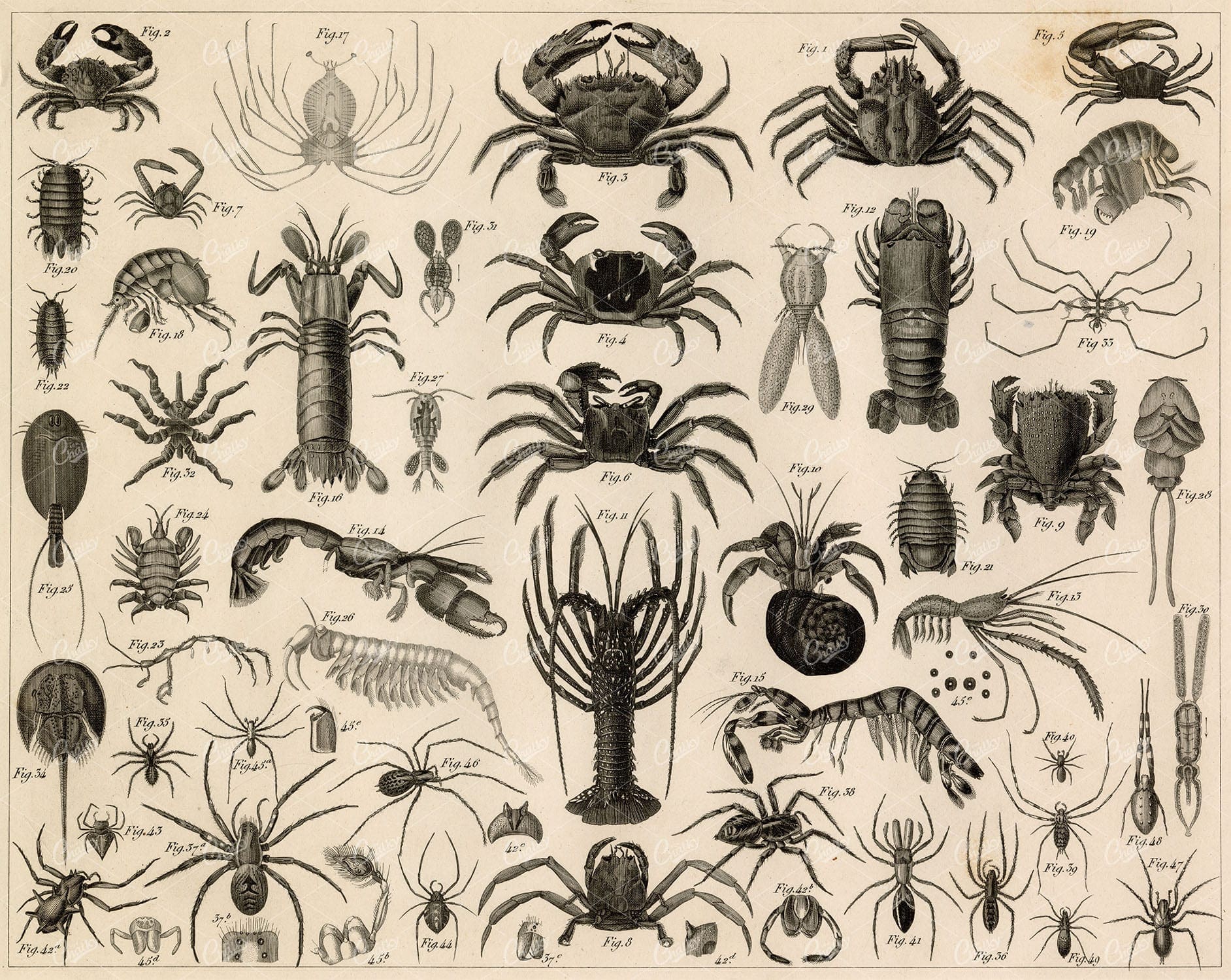

ZOOLOGY – Crabs, Lobster, Crustaceans, and Spiders – 1851 Antique Print
You’re looking at a well preserved original plate from Johann Georg Heck’s “Iconographic Encyclopedia of Sciences, Literature and Art” published in 1851 by Rudolphe Garrigue in New York. We were extremely fortunate to acquire the full collection of illustrative prints from the series, which after many months of looking, proved to be very difficult!
- License Info
- Resolution: 9131 x 7270 300dpi
- Year of Print: 1851
- Artist: Johann Georg Heck
From this collection
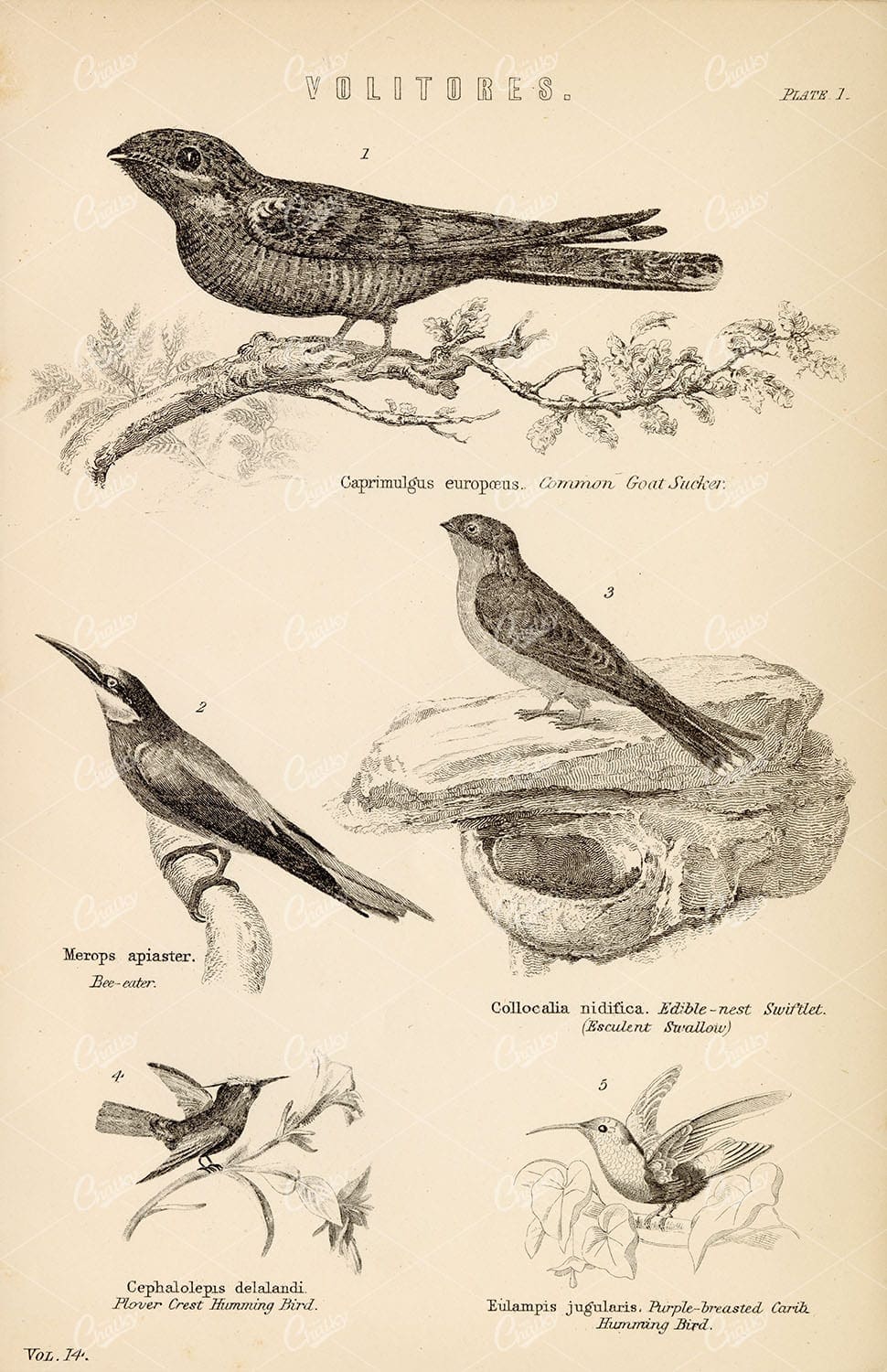

BIRDS – Goat Sucker, Swallow, Hummingbird. Antique 1880s Print
An original Antique Plate scan from the National Encyclopaedia: A Dictionary of Universal Knowledge. Published by William Mackenzie in 1880. Click on the Artist’s name to see the full collection from this series!
- License Info
- Resolution: 5500 x 8600 300dpi
- Year of Print: 1880
- Artist: William Mackenzie
From this collection
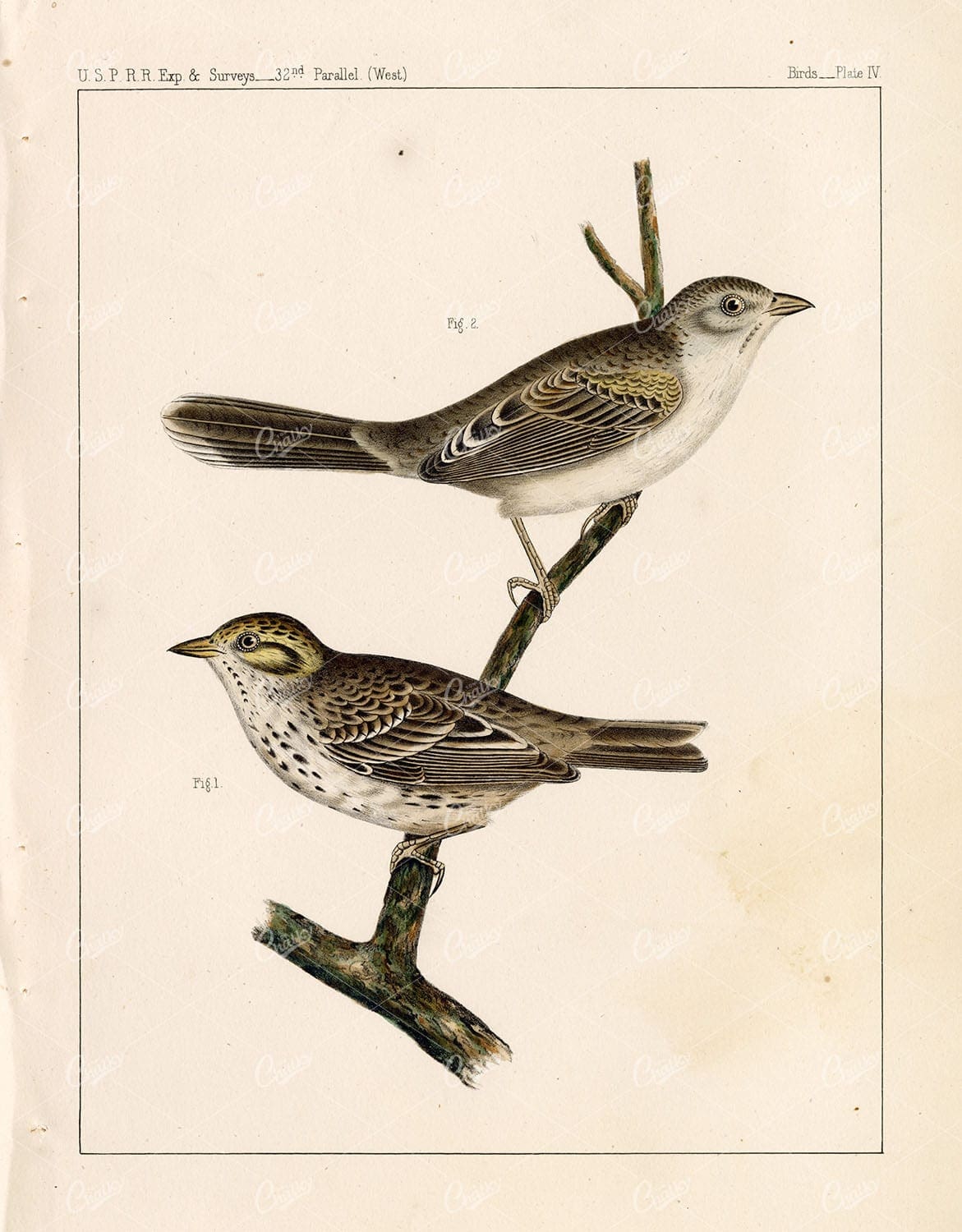

1853 Antique Stock Image Cassin’s Finch U.S.P.R.R Birds Survey, Hand Coloured
This 167 year old scan is from “U.S.P.R.R. Exp. & Surveys – To ascertain the most practicable and economical route for a railroad from the Mississippi River to the Pacific Ocean. Made under the direction of the secretary of war in 1853-1856”. The artwork inside was some of the most artistic and accurate prints made of Birds, Mammals, Reptiles and Fish from the American West. Many of the Lithographs were beautifully hand-colored by a group of naturalists and artists who travelled with the expedition surverying the West for the U.S. Pacific Railroad. Search our archives or click on the artist name below to view the rest of the collection!
- License Info
- Resolution: 7594 x 10009 300dpi
- Year of Print: 1853
- Artist: USPRR Surveys
From this collection
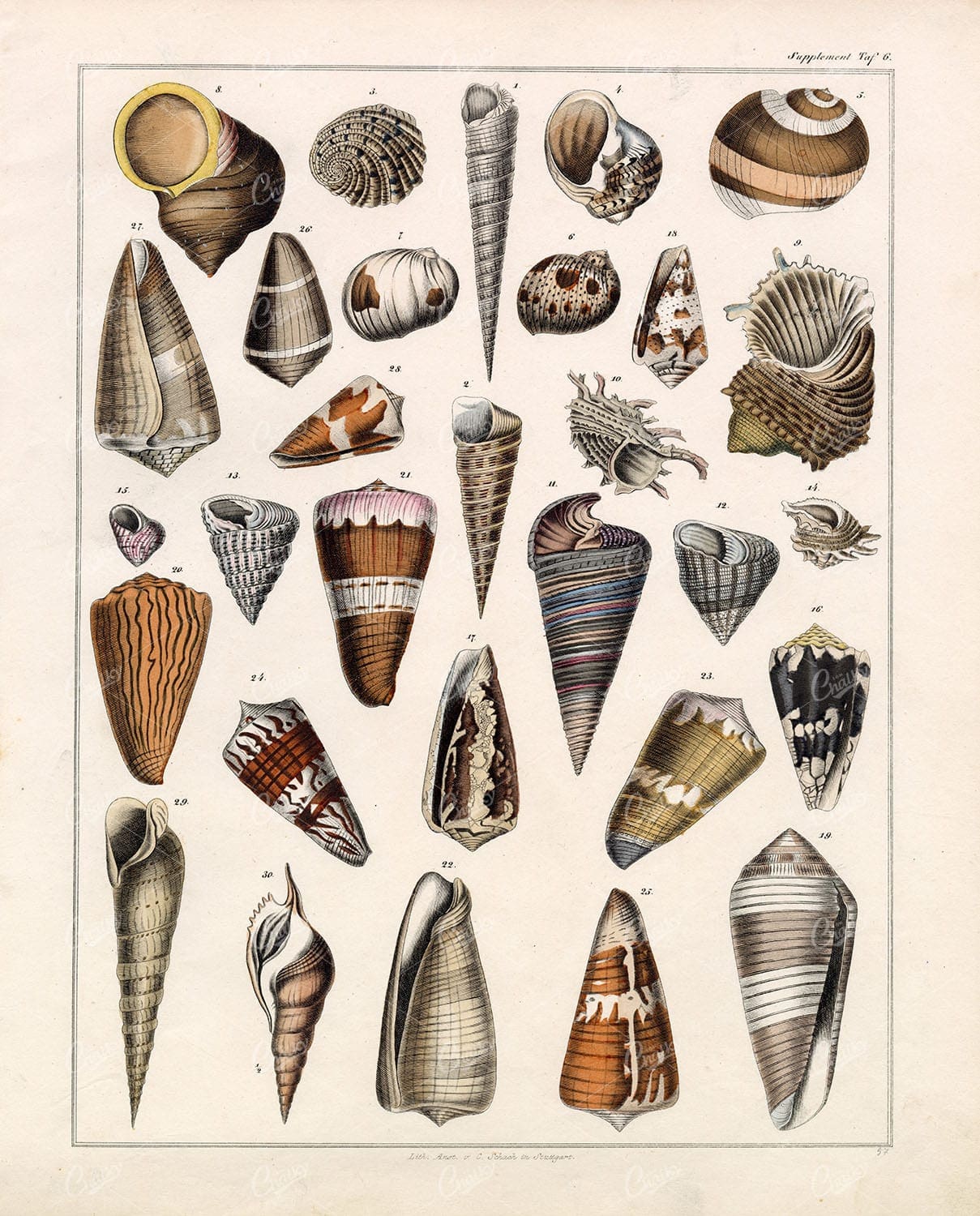

SHELLS – Variety of Snail Shells – Handcolored 1830’s Chromolithograph
Original Colour Vintage Print from Lorenz Okenfuss’ ‘Oken’s Naturgeschichte’ (Allgemeine Naturgeschichte für alle Stände), with illustrations by Johann Susemihl (1767-1847), and published in Stuttgart by Hoffman between 1839 and 1841. Lorenz Oken (1 August 1779 – 11 August 1851) was a German naturalist, botanist, biologist, and ornithologist. Oken was born Lorenz Okenfuss (German: Okenfuß) in Bohlsbach (now part of Offenburg), Ortenau, Baden, and studied natural history and medicine at the universities of Freiburg and Würzburg. He went on to the University of Göttingen, where he became a Privatdozent (unsalaried lecturer), and shortened his name to Oken. As Lorenz Oken, he published a small work entitled Grundriss der Naturphilosophie, der Theorie der Sinne, mit der darauf gegründeten Classification der Thiere (1802). This was the first of a series of works which established him as a leader of the movement of “Naturphilosophie” in Germany.
- License Info
- Resolution: 9500 x 11500 300dpi
- Year of Print: 1836
- Artist: Lorenz Oken
- Image Type(s): JPG
From this collection
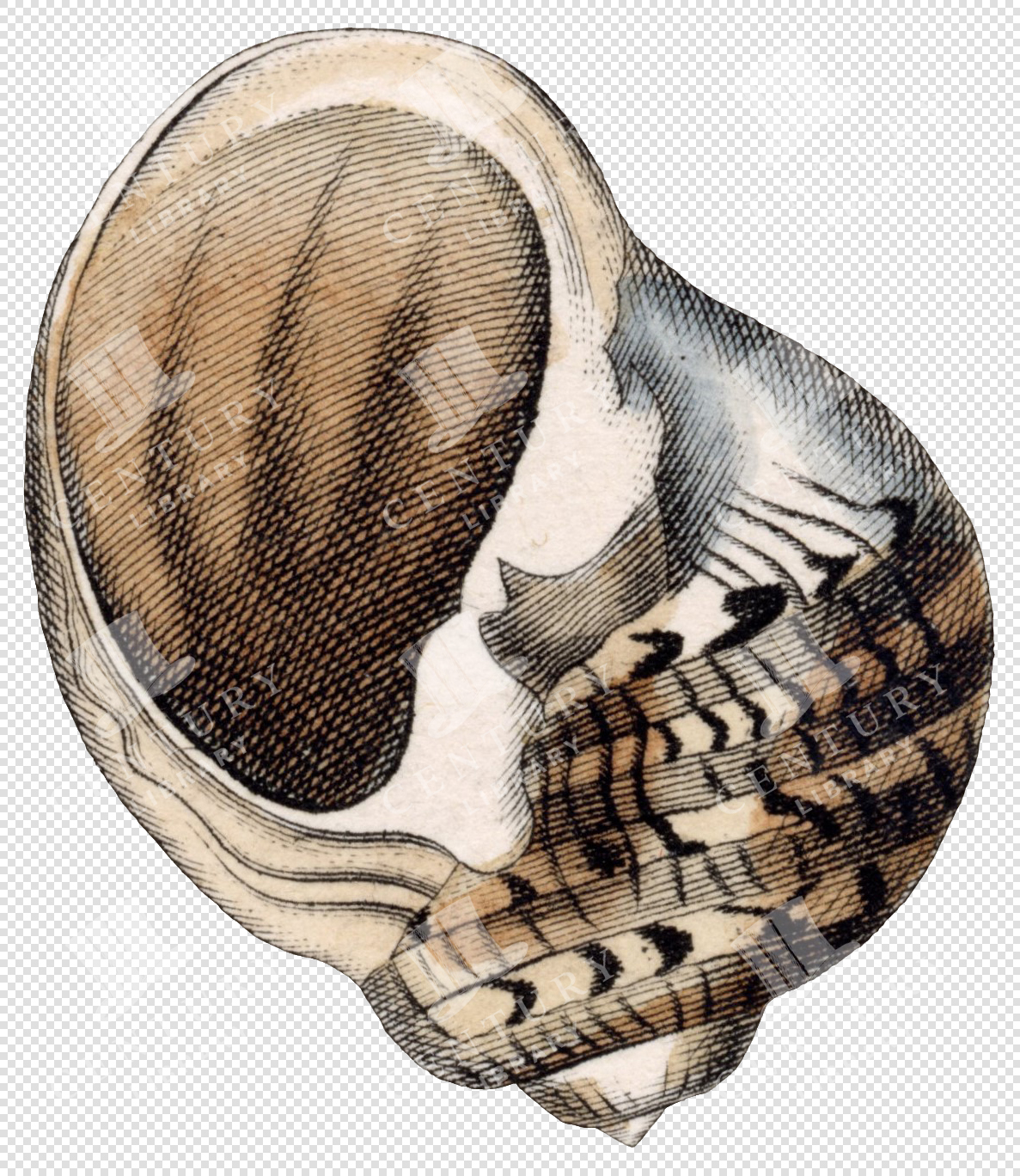

Antique Marine Shell Illustration with Smooth Inner Surface and Textured Outer Bands – Transparent PNG
This vintage sea shell illustration was carefully isolated from a hand-colored engraving published in the mid-1800s. Part of a detailed natural history collection, it showcases the intricate textures and rich tones typical of 19th-century scientific illustration. Perfect for collage, print, or digital design work, this transparent PNG retains the charm and precision of antique artwork while offering modern usability.
- Image Type(s): PNG
- antique shell
- beachcomber art
- bivalve shell
- coastal shell
- conch shell
- filter
- hand-colored shell
- historic shell
- marine biology
- marine shell
- mollusk shell
- Natural History
- ocean shell
- ocean specimen
- scientific illustration
- sea life illustration
- Sea Shell
- seashell PNG
- seashell study
- shell artwork
- shell chart
- shell cutout
- shell decor
- shell drawing
- shell engraving
- shell graphic
- shell illustration
- shell specimen
- shell taxonomy
- spiral shell
- strainer
- Victorian shell
From this collection


Black and Beige Striped Spiral Shell PNG Illustration with Textured Surface and Transparent Background
This vintage sea shell illustration was carefully isolated from a hand-colored engraving published in the mid-1800s. Part of a detailed natural history collection, it showcases the intricate textures and rich tones typical of 19th-century scientific illustration. Perfect for collage, print, or digital design work, this transparent PNG retains the charm and precision of antique artwork while offering modern usability.
- Image Type(s): PNG
- antique shell
- beachcomber art
- bivalve
- bivalve shell
- coastal shell
- cockle
- conch shell
- hand-colored shell
- historic shell
- invertebrate
- marine biology
- marine shell
- Mollusk
- mollusk shell
- Natural History
- ocean shell
- ocean specimen
- scientific illustration
- sea life illustration
- Sea Shell
- seashell PNG
- seashell study
- shell artwork
- shell chart
- shell cutout
- shell decor
- shell drawing
- shell engraving
- shell graphic
- shell illustration
- shell specimen
- shell taxonomy
- spiral shell
- Victorian shell
From this collection
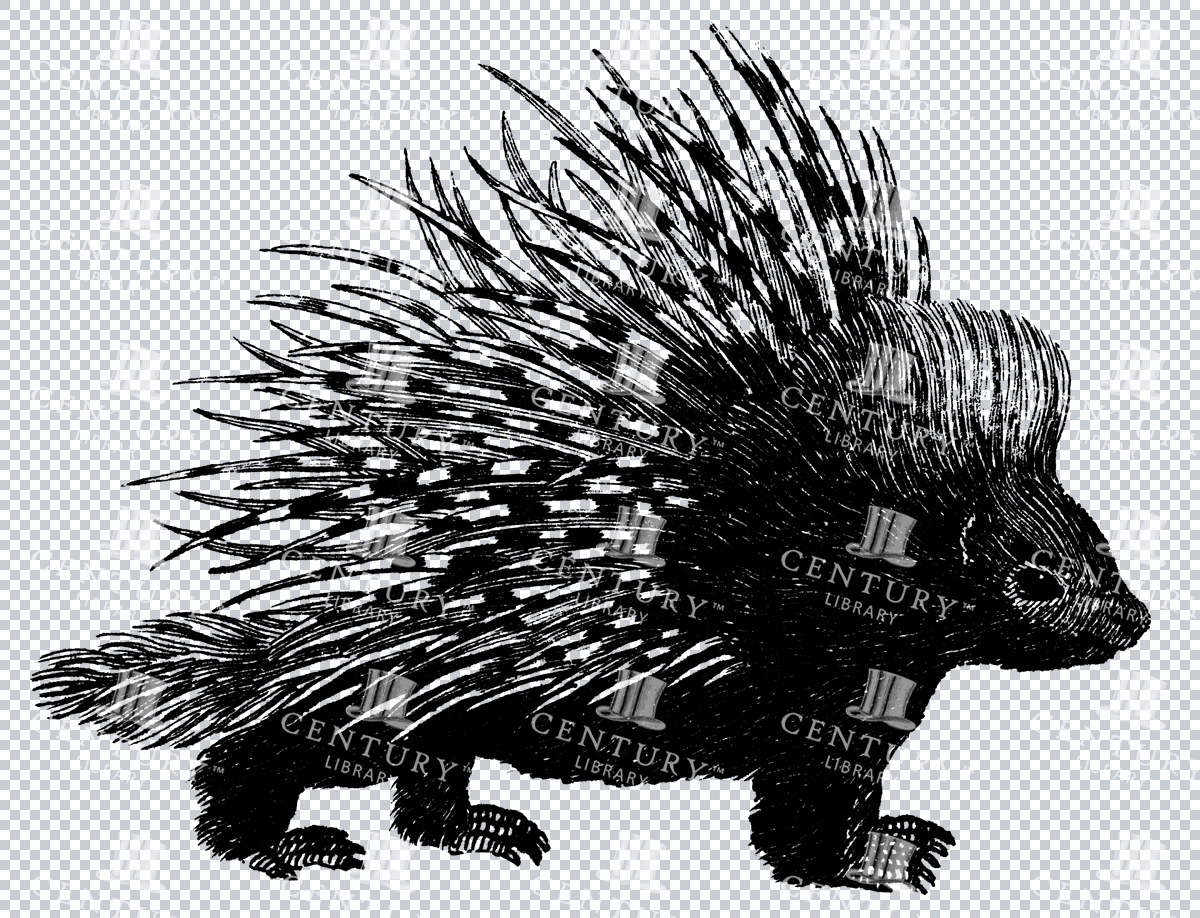

Vintage Isolated Illustration of a Crested Porcupine
An isolated vintage illustration of a crested porcupine, detailed and captured in a line art style, perfect for natural history and wildlife-themed designs.
- Image Type(s): PNG
Related Images
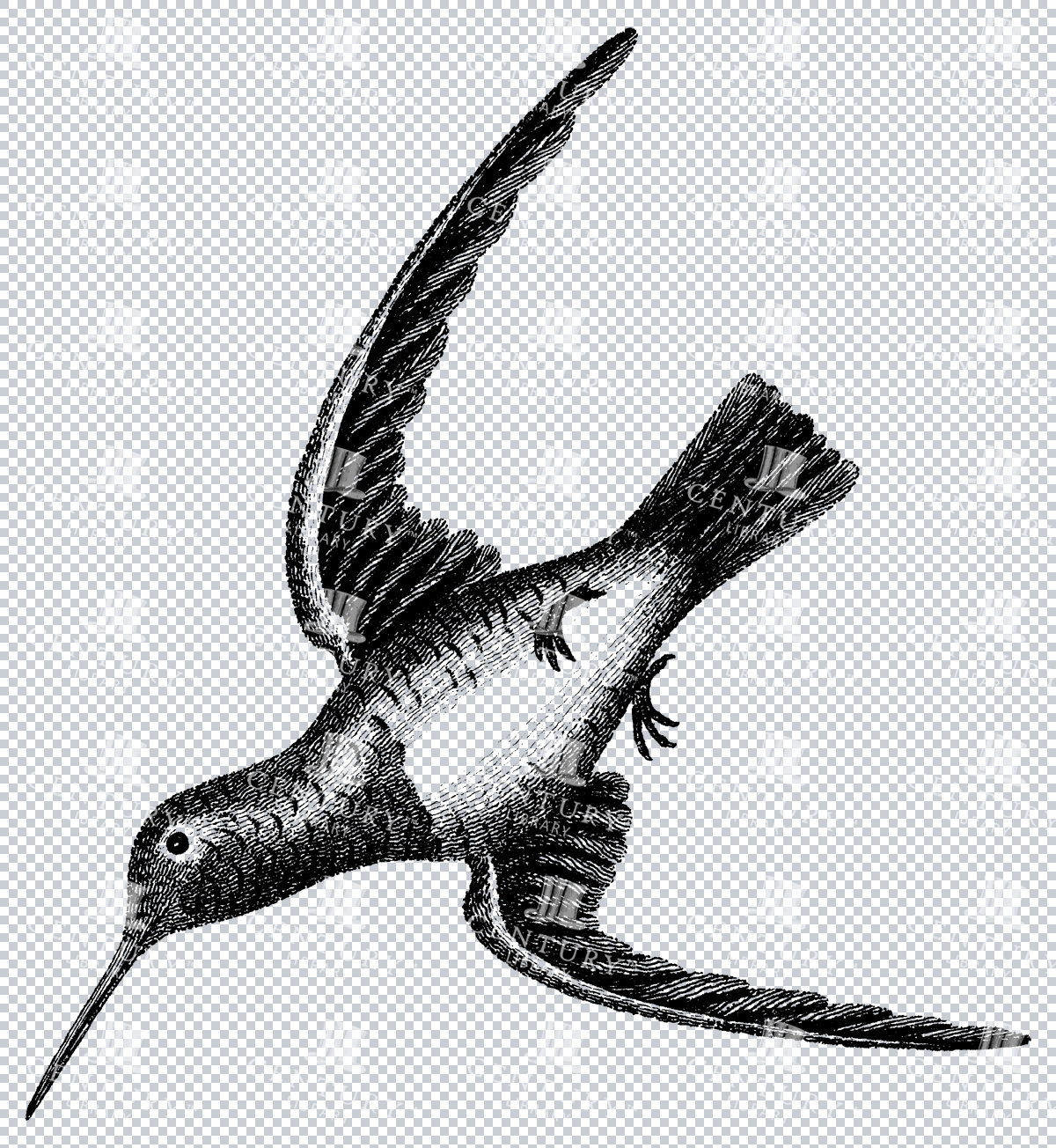

Hummingbird in Flight with Wings Spread Open Line Art Vintage Artwork
A vintage line art illustration of a hummingbird in flight with wings spread open, perfect for nature and wildlife-themed artworks.
- Image Type(s): PNG
Related Images
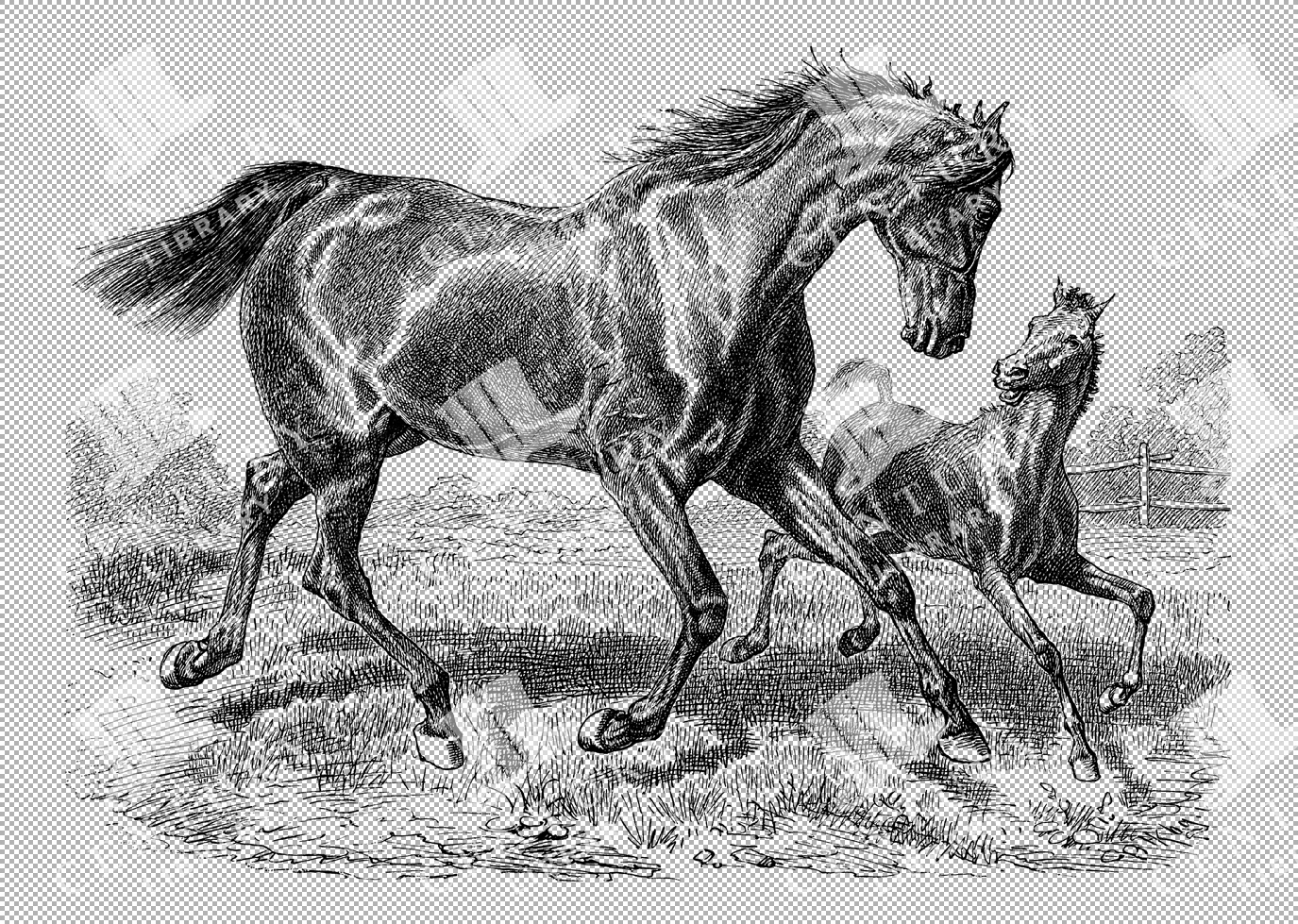

German Half-Bred Horse Illustration on Transparent Background
Artistic illustration of a German half-bred horse with its foal, depicted in motion, detailed and isolated on a transparent background.
- Resolution: 4723px x 3361px
- Image Type(s): PNG
- Animal
- Art
- Black and white
- Breeding
- Decorative
- detailed
- domestic
- Drawing
- dynamic
- elegant
- Equestrian
- Equidae
- equine
- Family
- Farm
- Foal
- Galloping
- German
- graceful
- Grazing
- Half-Bred
- Horse
- Horse Breeds
- Horse Illustration
- illustration
- isolated
- Livestock
- Mammal
- motion
- Natural History
- Nature
- Ornate
- Pasture
- PNG
- sketch
- Species Identification
- transparent background
- young
- Zebra
Related Images
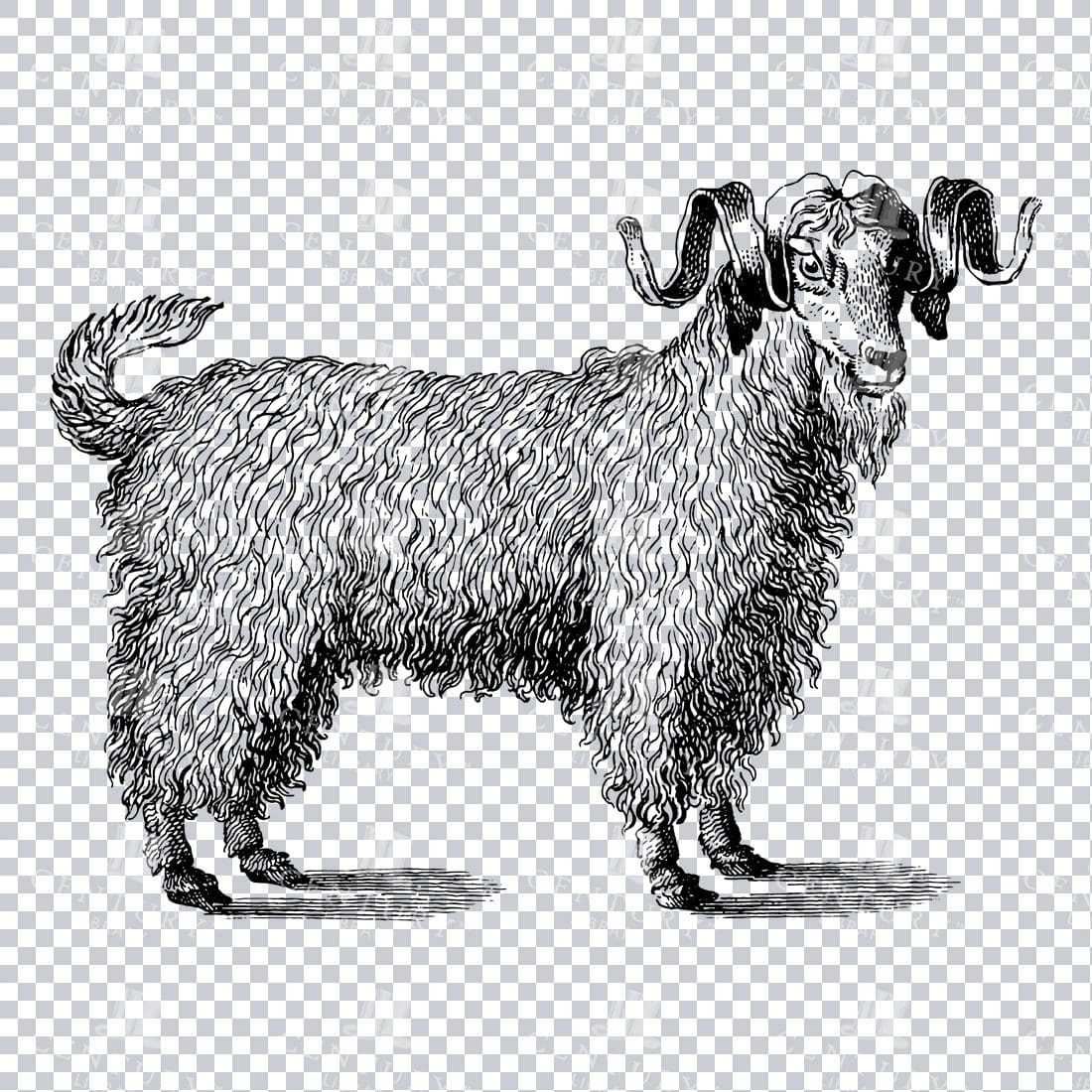

Vintage Line Art Engraving of a Goat No.1
- License Info
- Resolution: 2792px x 2113px
Related Images



Hand Drawn Line Art PNG Illustration of a Bull
- License Info
- Resolution: 2638px x 1490px
Related Images
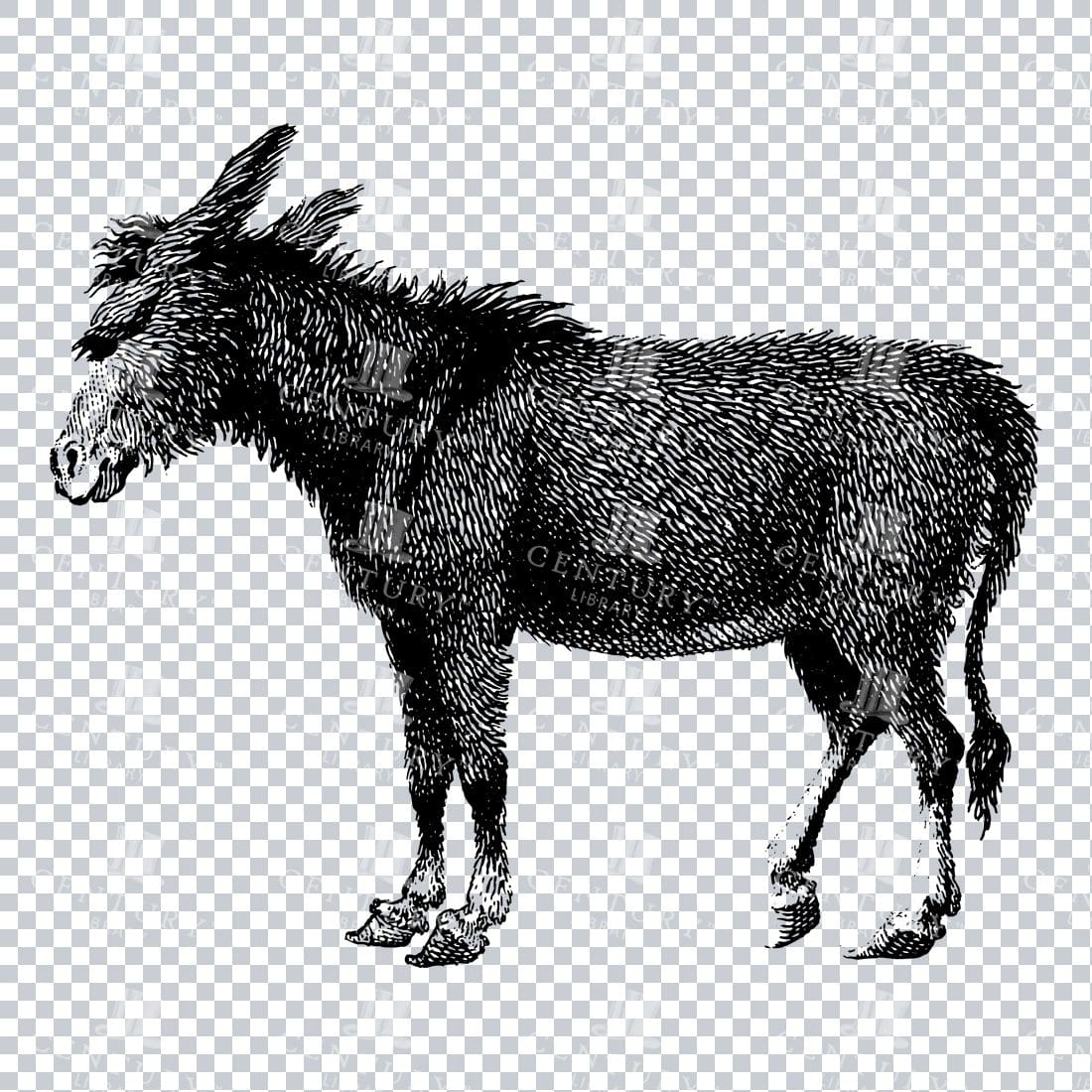

Vintage Line Art PNG Illustration – Wild Donkey / Ass
- License Info
- Resolution: 2517px x 2143px
Related Images
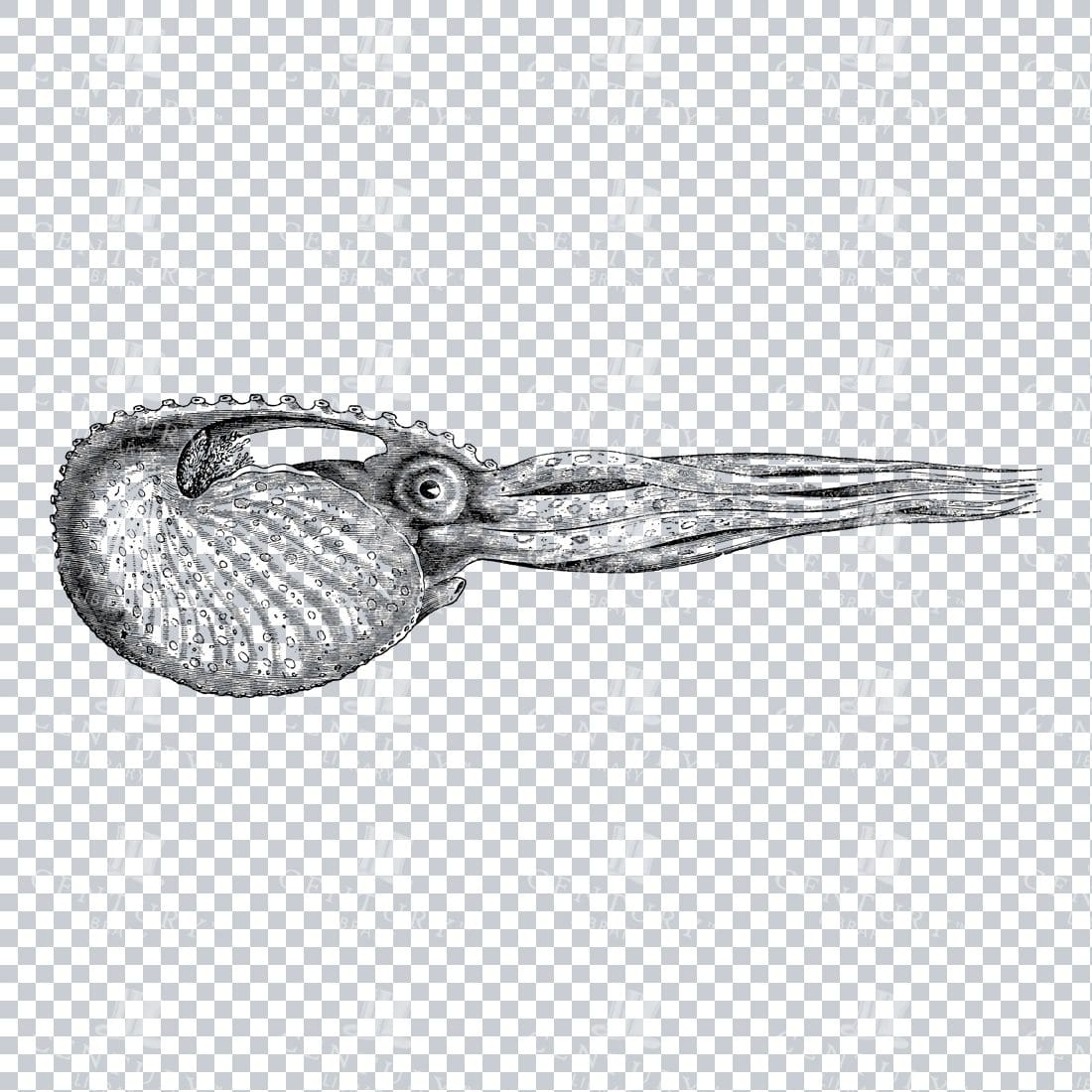

Line Art PNG Illustration – Argonaut Octopus
- License Info
- Resolution: 6006px x 1840px
Related Images
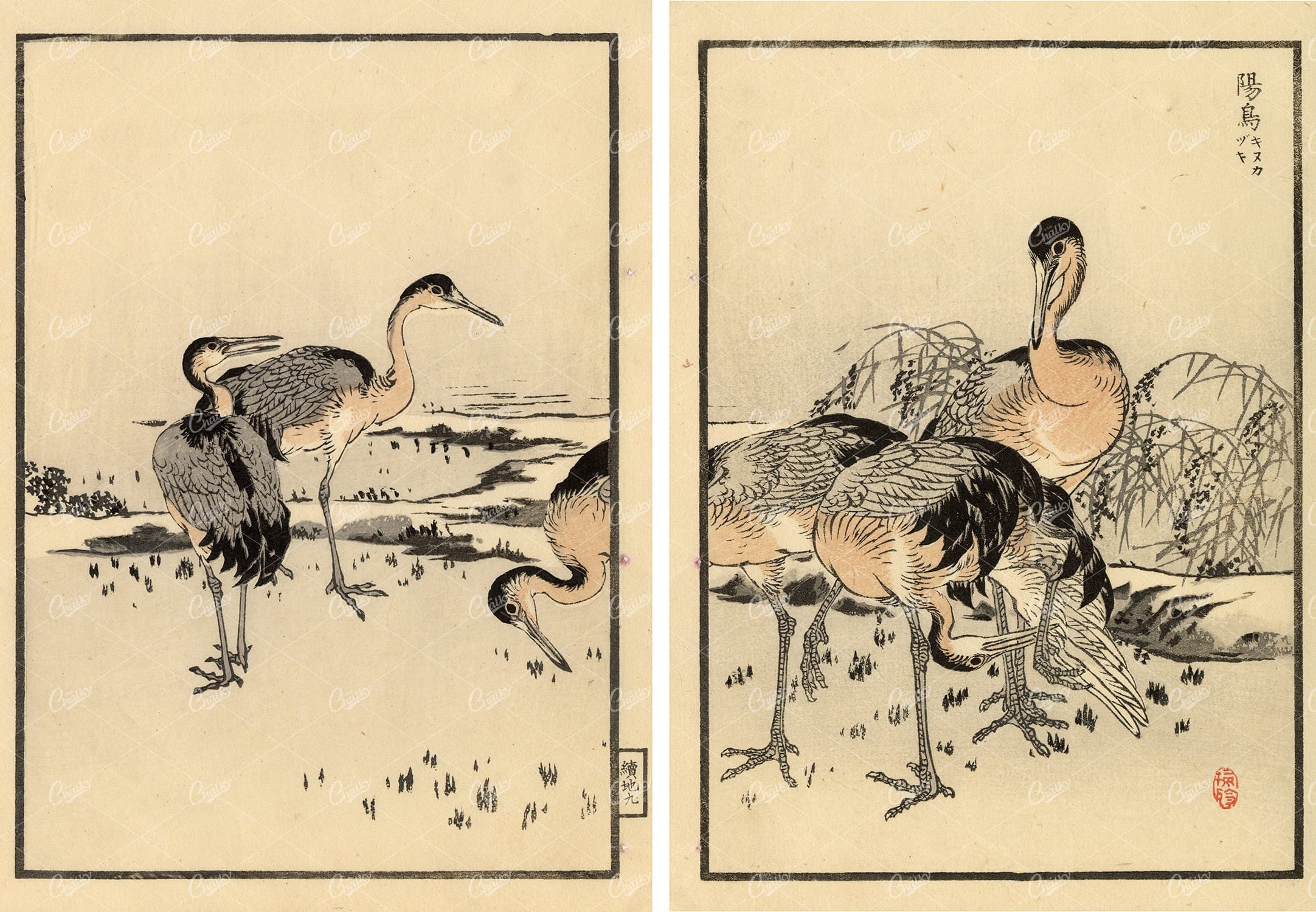

ANTIQUE Original Kono Bairei Woodblock Japanese Prints 1881 Cranes
You’re looking at a beautiful piece of Japanese woodblock art from our collection of original 1881 prints by noted artist, Kono Bairei; Created for one of his best-known publications ‘one hundred birds’. Most of the bird species throughout this collection were native to Japan, with a few domesticated and some imported cage birds. Bairei was born and lived in Kyoto. He was apprenticed to the Maruyama printer Nakajima Raiso at the age of eight. He was a pupil of Shijo artist Shiokawa Bunrin and followed the Nanga school tradition. He established the Kyoto Prefectural School of Painting before opening his own studio to students and retiring from teaching.
- License Info
- Resolution: 11582 x 8028
- Year of Print: 1881
- Artist: Kono Bairei
From this collection
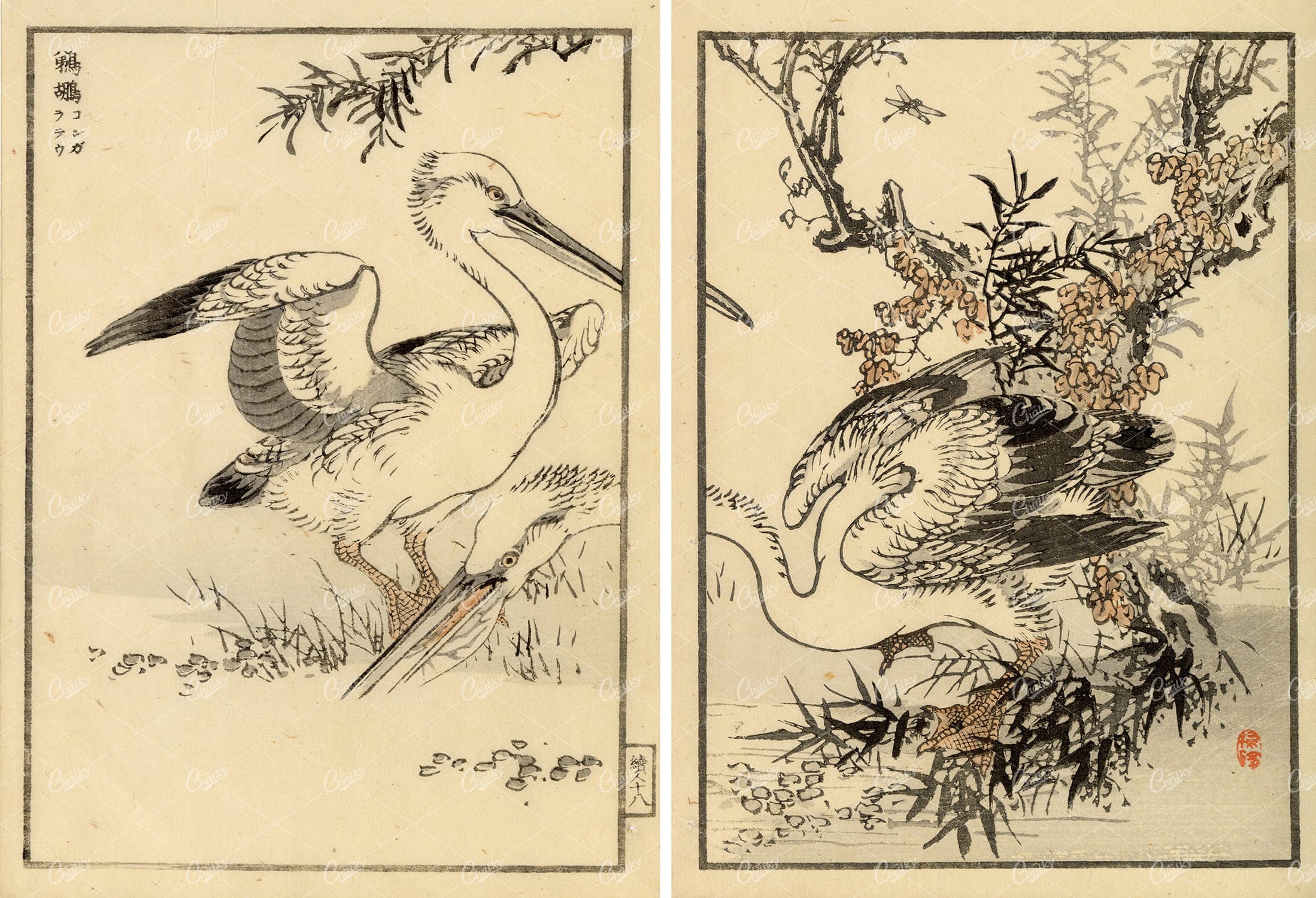

ANTIQUE Original Kono Bairei Woodblock Japanese Prints 1881 Pelicans
You’re looking at a beautiful piece of Japanese woodblock art from our collection of original 1881 prints by noted artist, Kono Bairei; Created for one of his best-known publications ‘one hundred birds’. Most of the bird species throughout this collection were native to Japan, with a few domesticated and some imported cage birds. Bairei was born and lived in Kyoto. He was apprenticed to the Maruyama printer Nakajima Raiso at the age of eight. He was a pupil of Shijo artist Shiokawa Bunrin and followed the Nanga school tradition. He established the Kyoto Prefectural School of Painting before opening his own studio to students and retiring from teaching.
- License Info
- Resolution: 11582 x 7905
- Year of Print: 1881
- Artist: Kono Bairei
From this collection
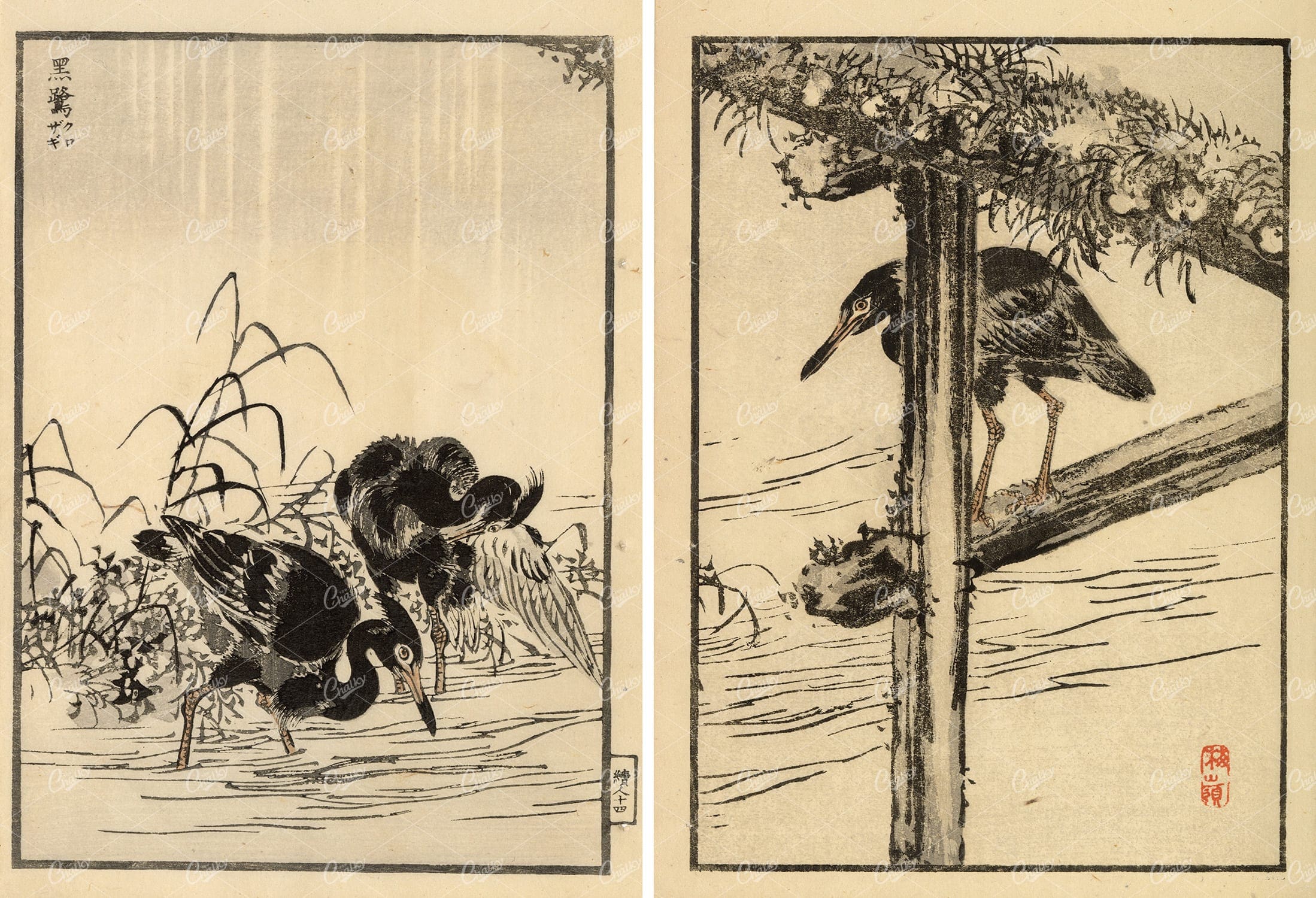

ANTIQUE Original Kono Bairei Woodblock Japanese Prints 1881 Birds
You’re looking at a beautiful piece of Japanese woodblock art from our collection of original 1881 prints by noted artist, Kono Bairei; Created for one of his best-known publications ‘one hundred birds’. Most of the bird species throughout this collection were native to Japan, with a few domesticated and some imported cage birds. Bairei was born and lived in Kyoto. He was apprenticed to the Maruyama printer Nakajima Raiso at the age of eight. He was a pupil of Shijo artist Shiokawa Bunrin and followed the Nanga school tradition. He established the Kyoto Prefectural School of Painting before opening his own studio to students and retiring from teaching.
- License Info
- Resolution: 11582 x 7905
- Year of Print: 1881
- Artist: Kono Bairei
From this collection
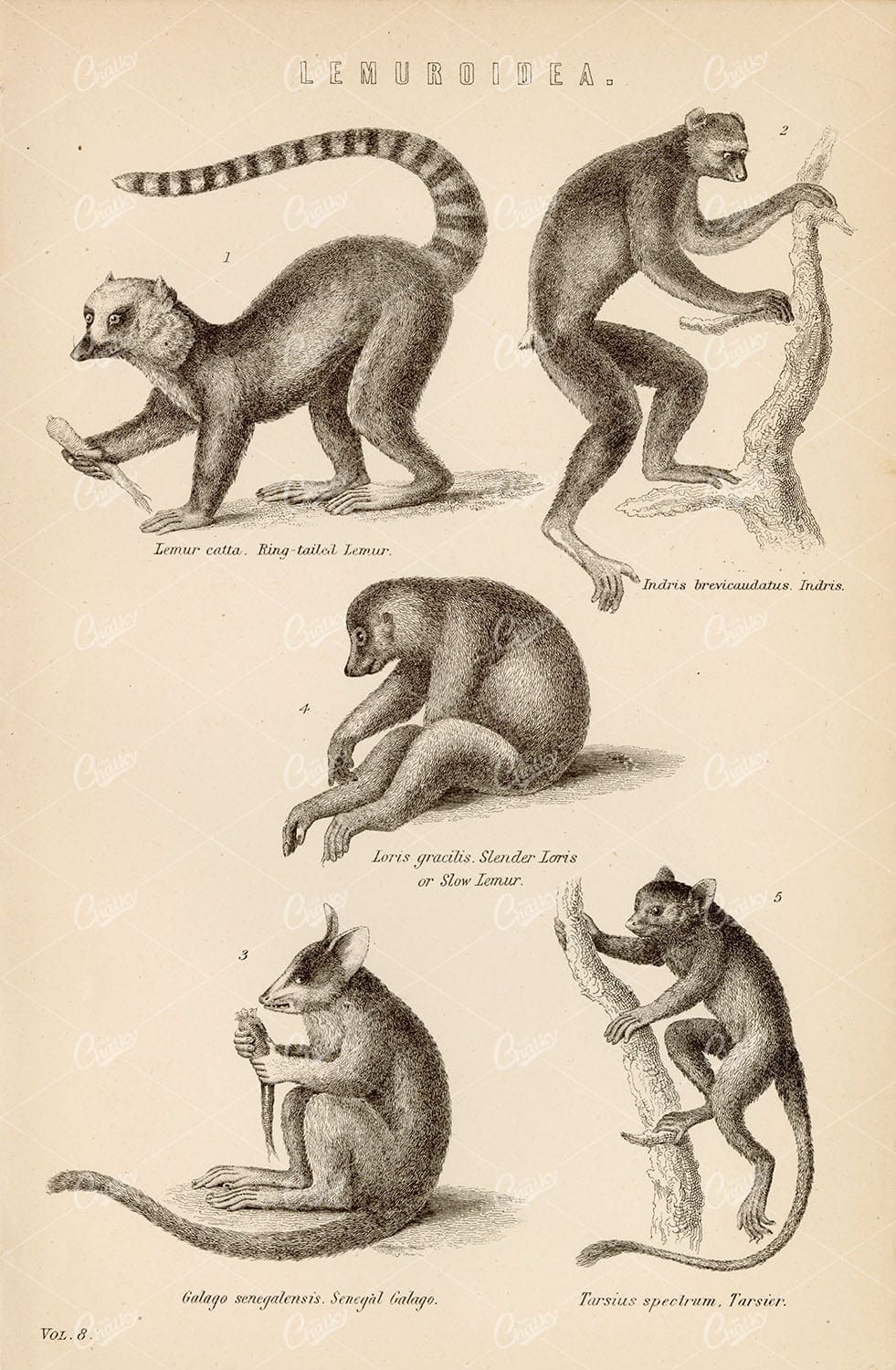

LEMURS – Ring Tailed, Slow, Senegal Galago. Antique 1880 Print
An original Antique Plate scan from the National Encyclopaedia: A Dictionary of Universal Knowledge. Published by William Mackenzie in 1880. Click on the Artist’s name to see the full collection from this series!
- License Info
- Resolution: 5500 x 8600 300dpi
- Year of Print: 1880
- Artist: William Mackenzie
From this collection
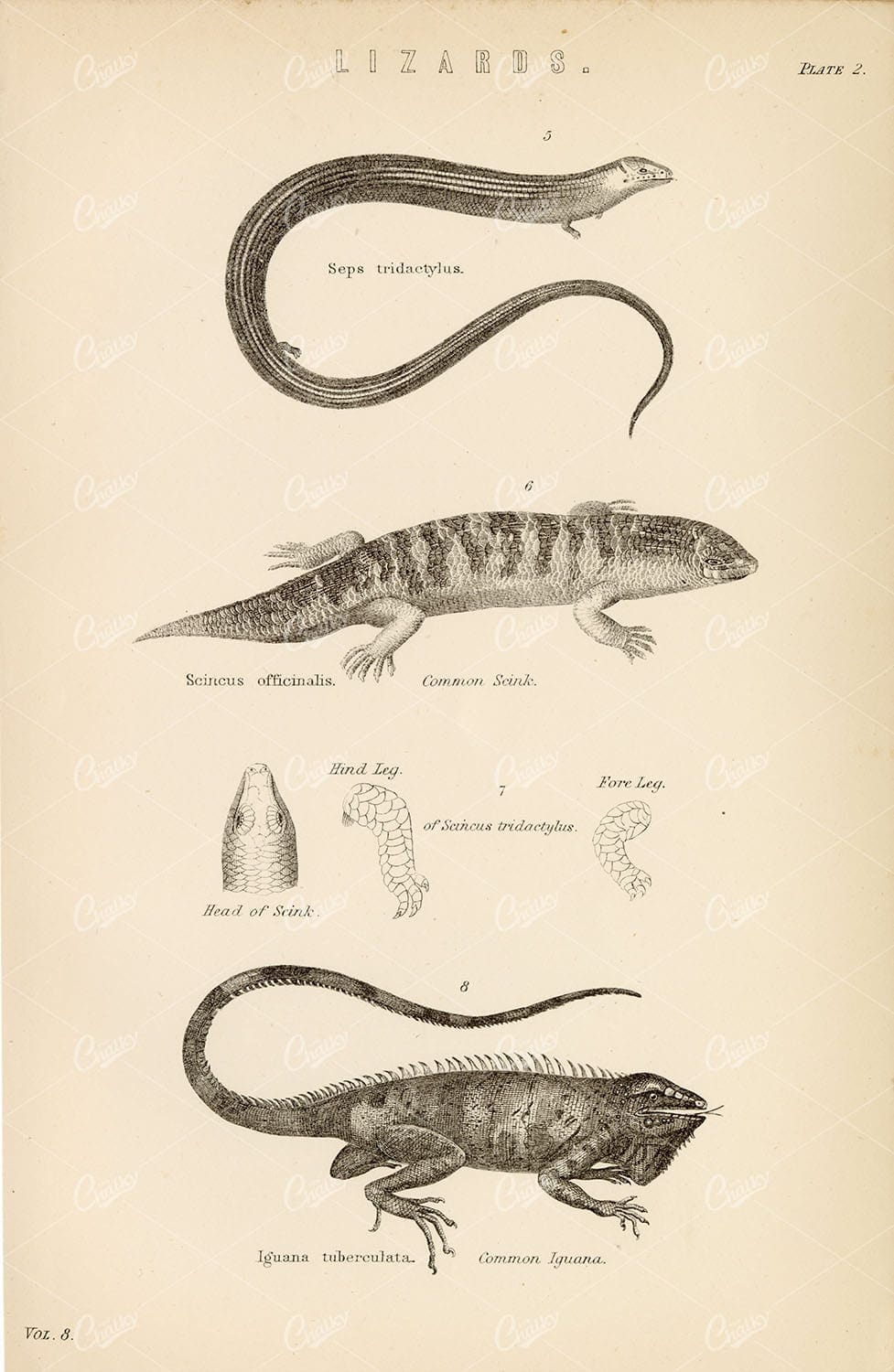

REPTILES Lizards – Common Scink, Iguana. Antique 1880’s Print
An original Antique Plate scan from the National Encyclopaedia: A Dictionary of Universal Knowledge. Published by William Mackenzie in 1880. Click on the Artist’s name to see the full collection from this series!
- License Info
- Resolution: 5500 x 8600 300dpi
- Year of Print: 1880
- Artist: William Mackenzie
From this collection
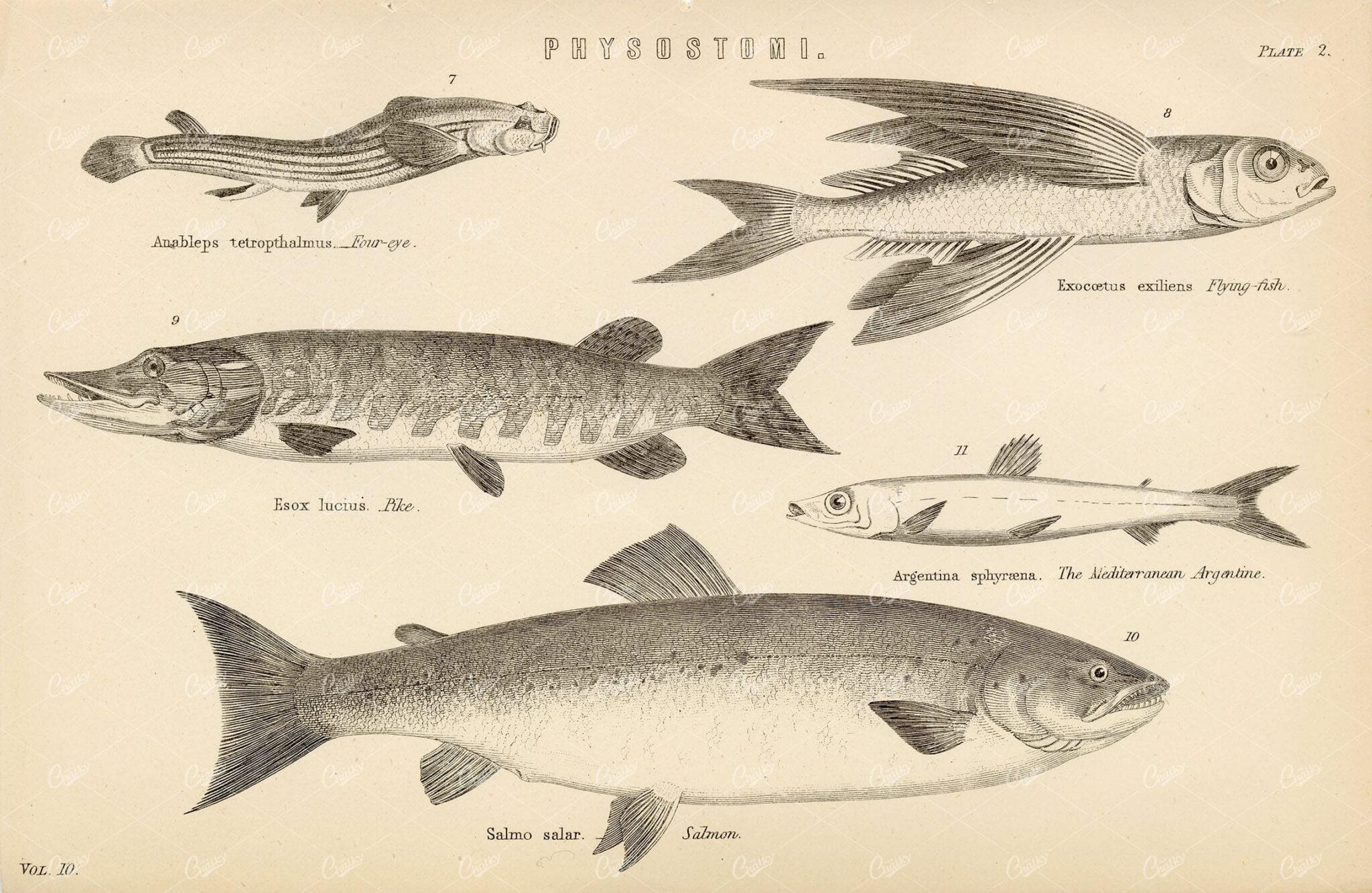

FISH Physostomi Species – Pike, Salmon, Flying Fish, etc. 1880’s Artwork
An original Antique Plate scan from the National Encyclopaedia: A Dictionary of Universal Knowledge. Published by William Mackenzie in 1880. Click on the Artist’s name to see the full collection from this series!
- License Info
- Resolution: 8600 x 5500 300dpi
- Year of Print: 1880
- Artist: William Mackenzie
From this collection
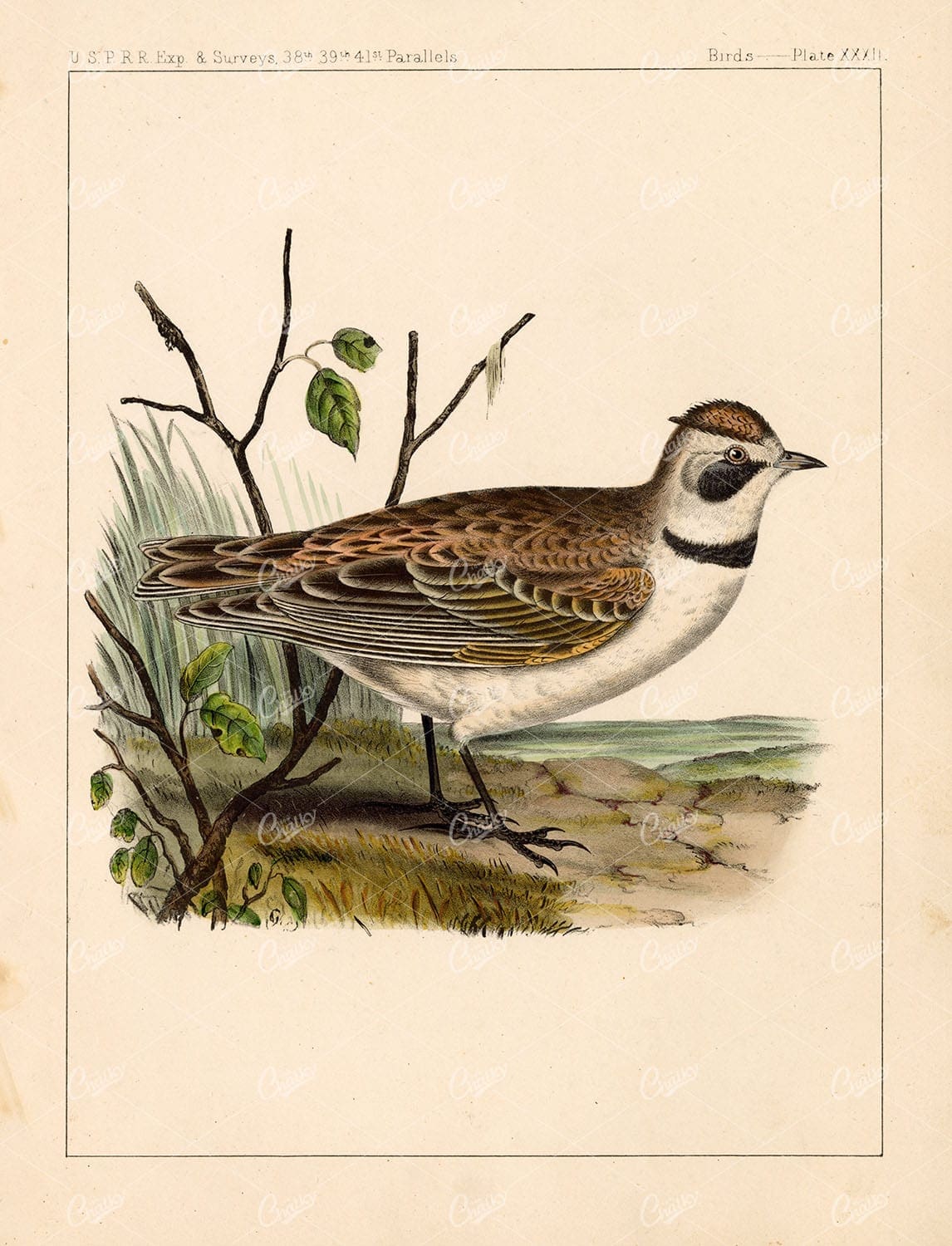

SKYLARK, Horned. Antique 1853 Hand Coloured Lithograph, U.S.P.R.R
This 167 year old scan is from “U.S.P.R.R. Exp. & Surveys – To ascertain the most practicable and economical route for a railroad from the Mississippi River to the Pacific Ocean. Made under the direction of the secretary of war in 1853-1856”. The artwork inside was some of the most artistic and accurate prints made of Birds, Mammals, Reptiles and Fish from the American West. Many of the Lithographs were beautifully hand-colored by a group of naturalists and artists who travelled with the expedition surverying the West for the U.S. Pacific Railroad. Search our archives or click on the artist name below to view the rest of the collection!
- License Info
- Resolution: 7594 x 10009 300dpi
- Year of Print: 1853
- Artist: USPRR Surveys
From this collection
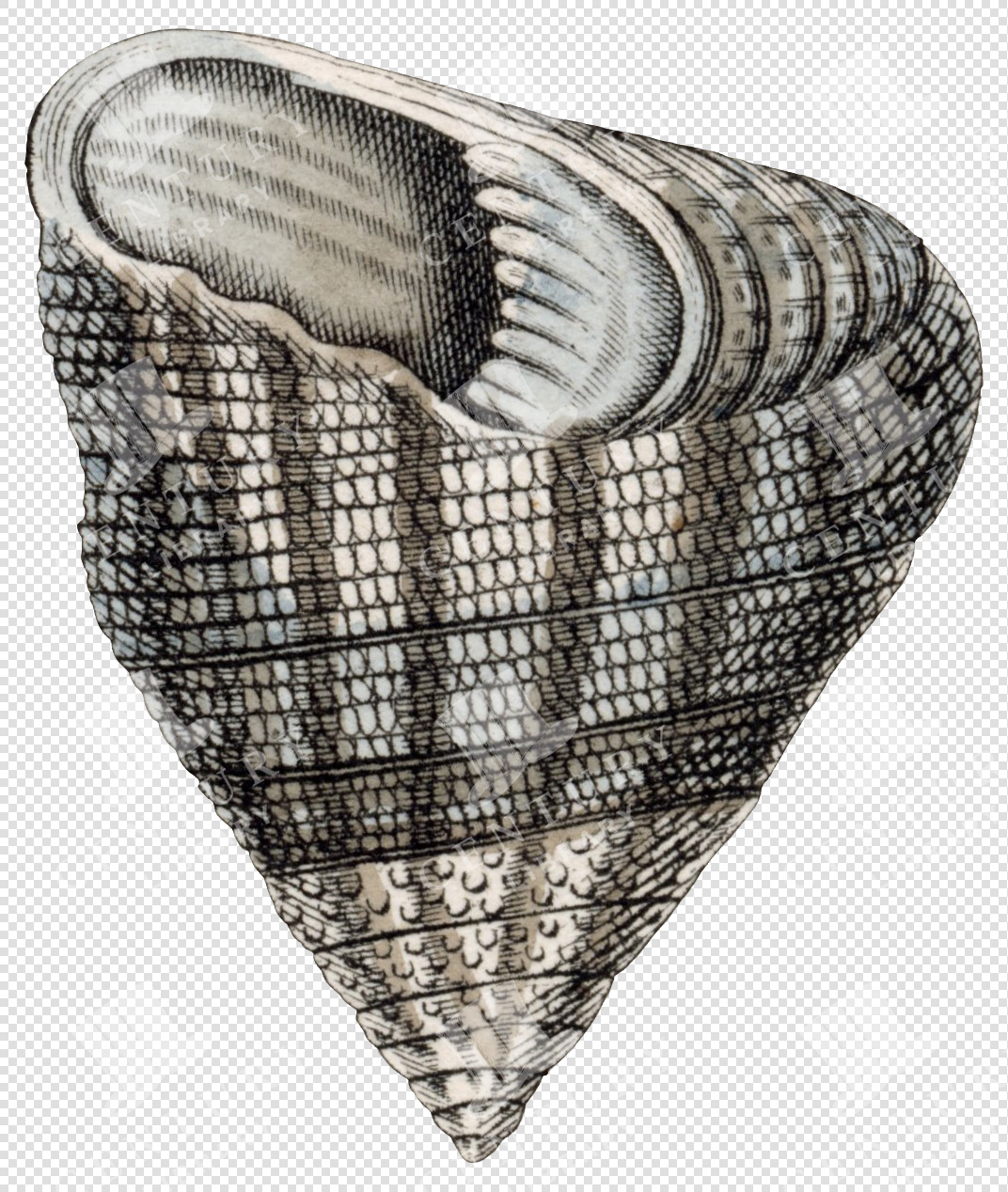

Beige and Black Textured Cone Shell PNG Illustration with Grid Pattern and Transparent Background
This vintage sea shell illustration was carefully isolated from a hand-colored engraving published in the mid-1800s. Part of a detailed natural history collection, it showcases the intricate textures and rich tones typical of 19th-century scientific illustration. Perfect for collage, print, or digital design work, this transparent PNG retains the charm and precision of antique artwork while offering modern usability.
- Image Type(s): PNG
- antique shell
- beachcomber art
- bivalve shell
- coastal shell
- conch shell
- hand-colored shell
- historic shell
- marine biology
- marine shell
- mollusk shell
- Natural History
- ocean shell
- ocean specimen
- scientific illustration
- sea life illustration
- Sea Shell
- seashell PNG
- seashell study
- shell artwork
- shell chart
- shell cutout
- shell decor
- shell drawing
- shell engraving
- shell graphic
- shell illustration
- shell specimen
- shell taxonomy
- spiral shell
- Victorian shell
From this collection
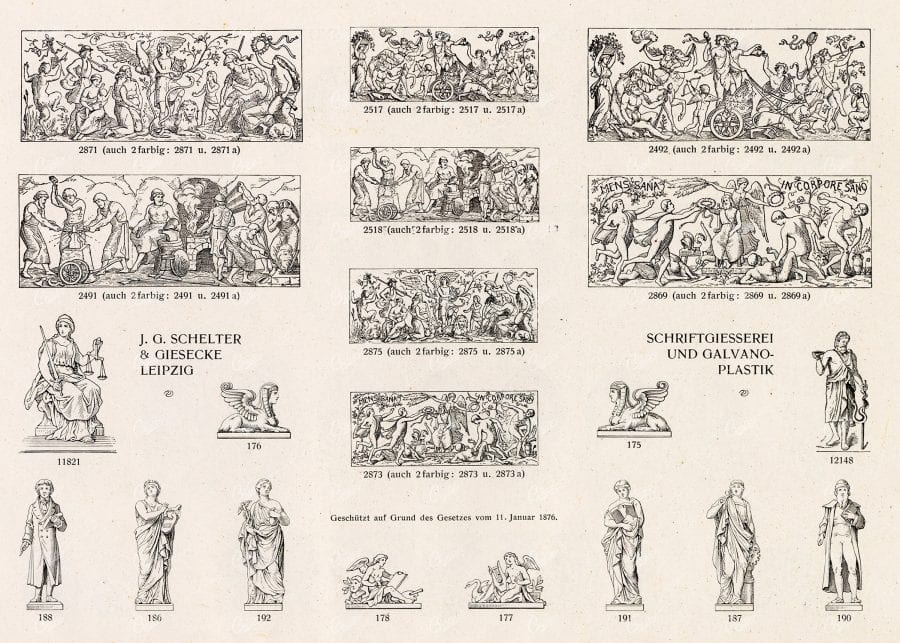
Support the Library
Our supporters and members help us continue collecting and restoring these wonderful pieces of art for the modern creator
Unlock Everything and Become a Member!
While a lot of the library is available for free, some is kept behind closed dusty doors only to be accessed by our lovely members.
